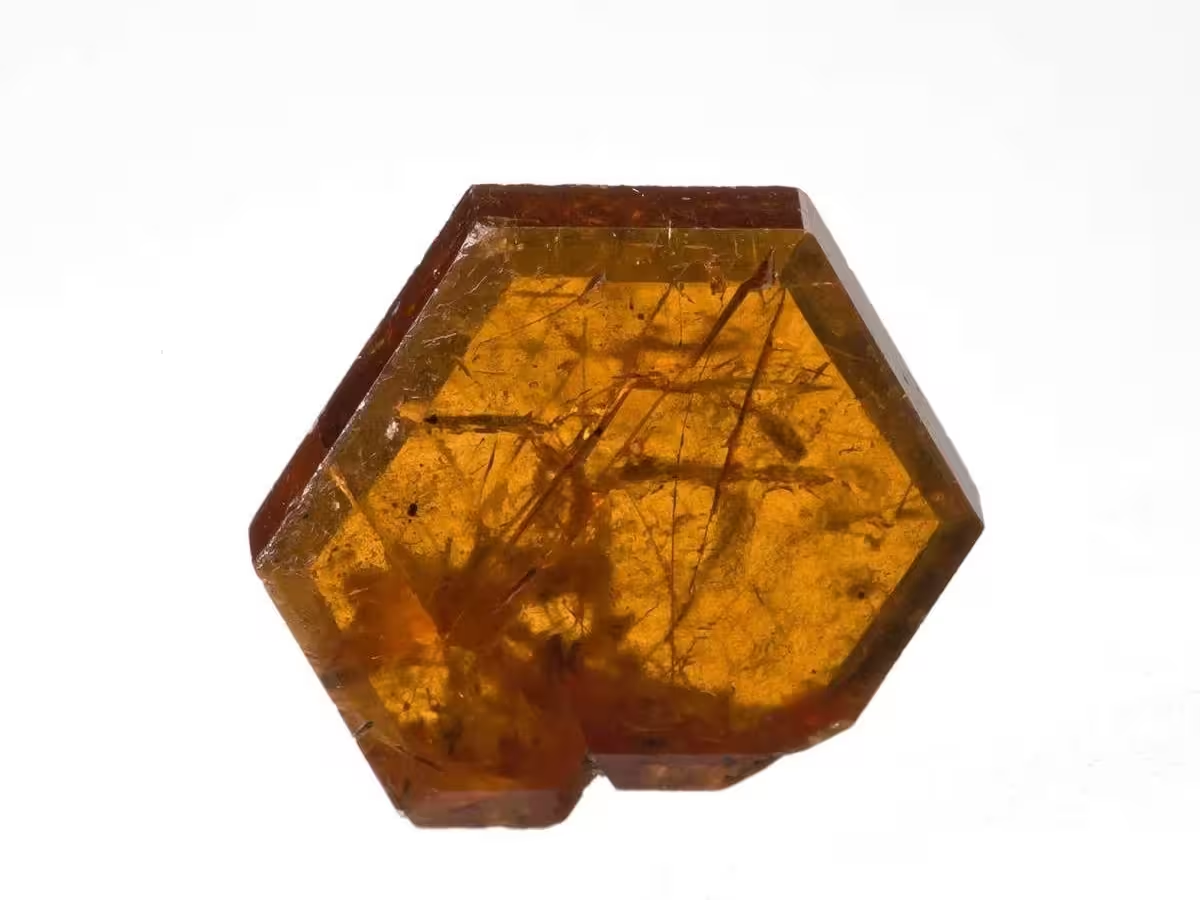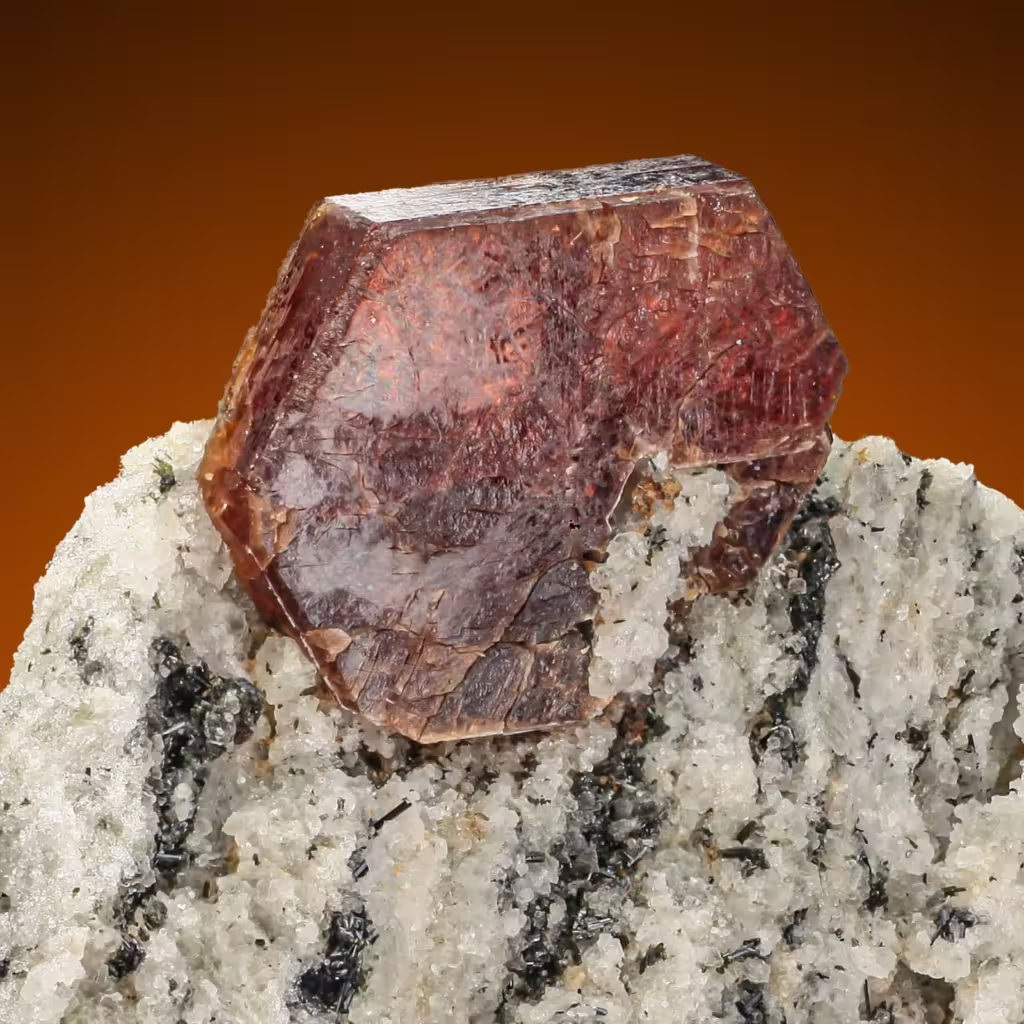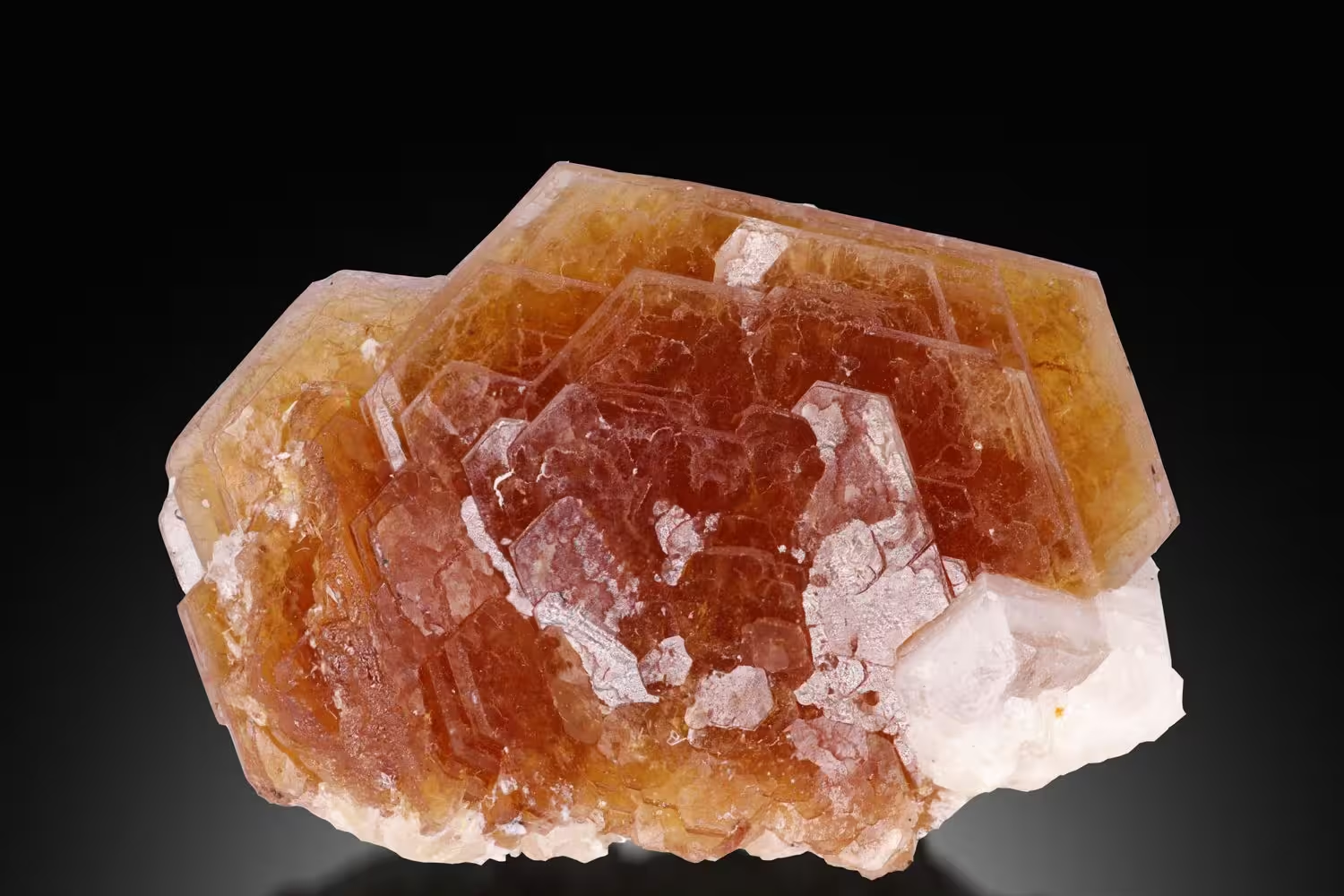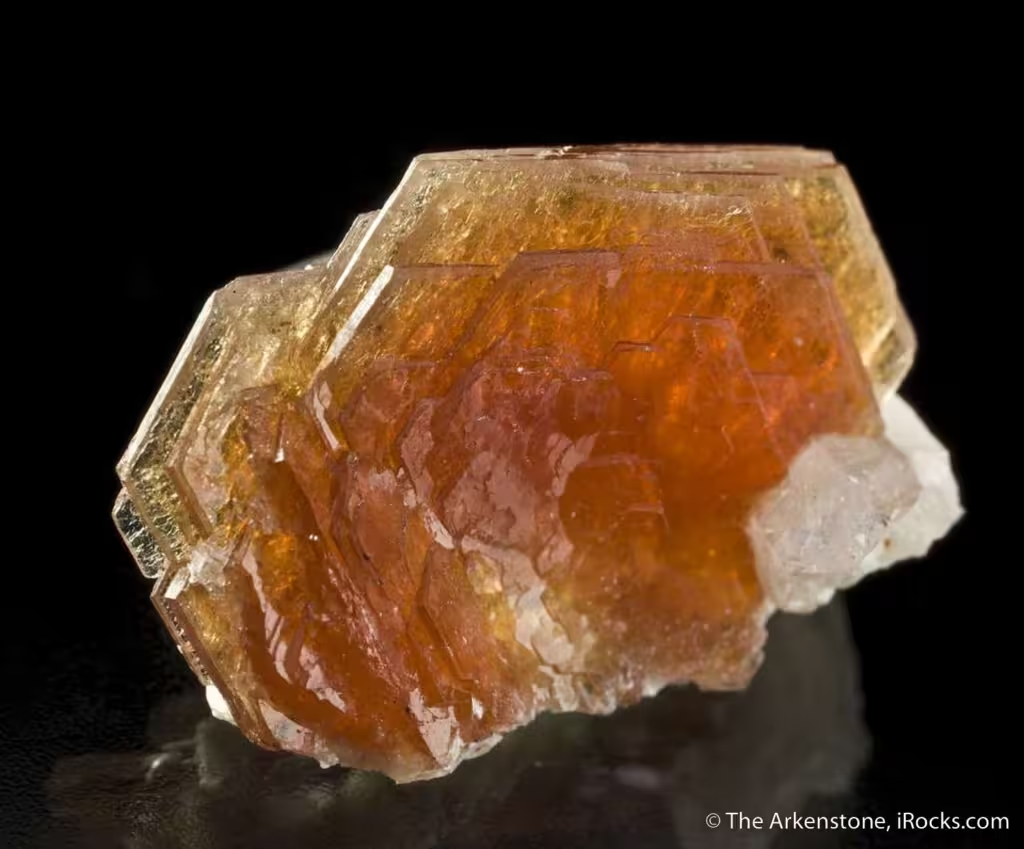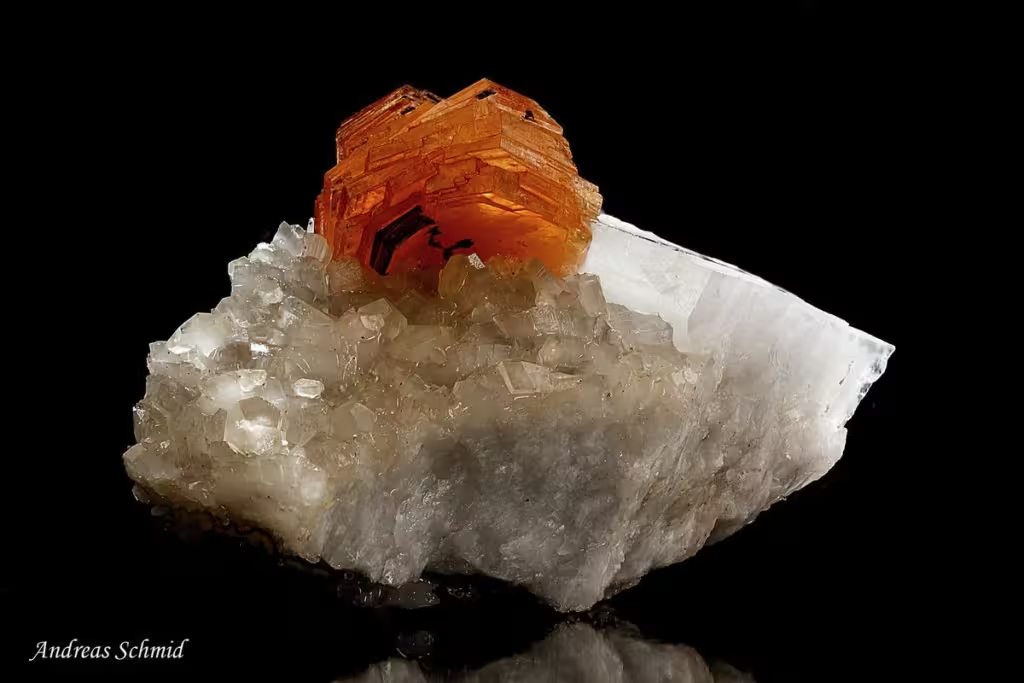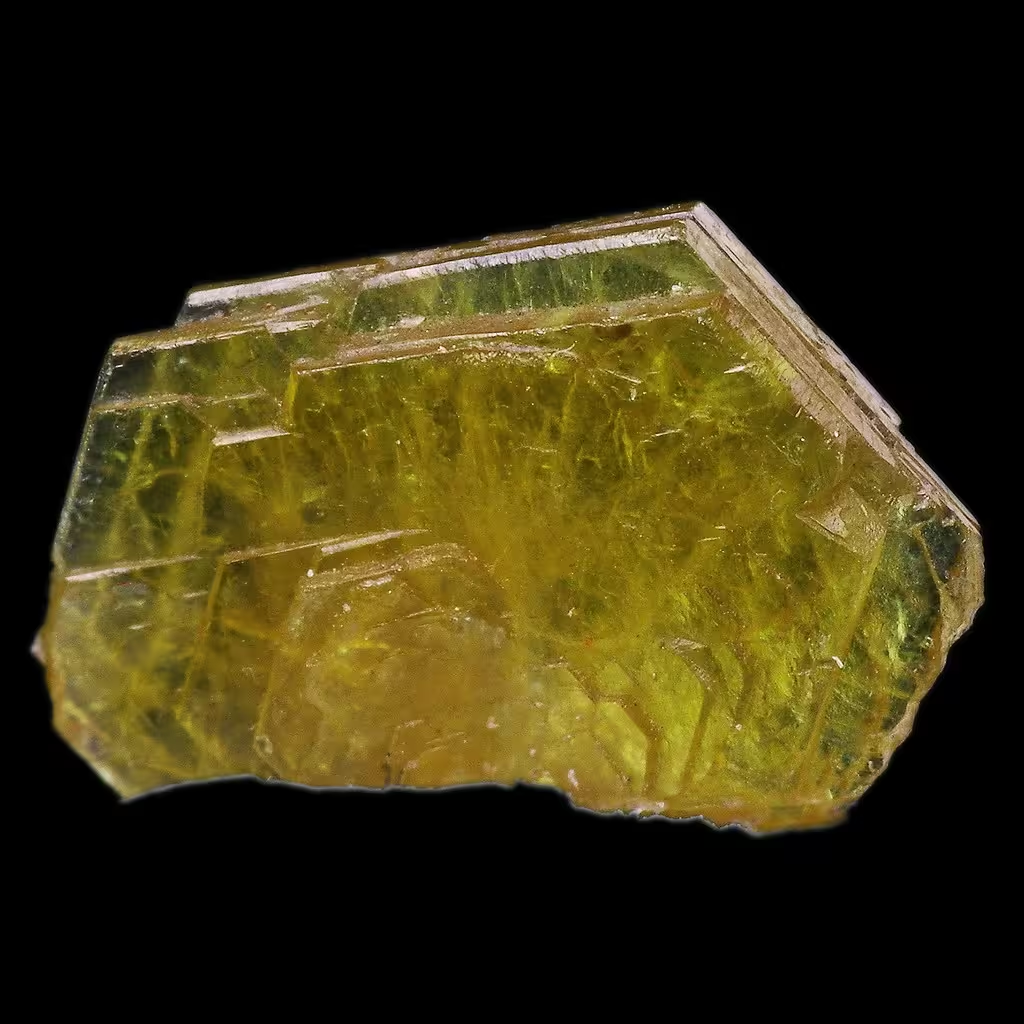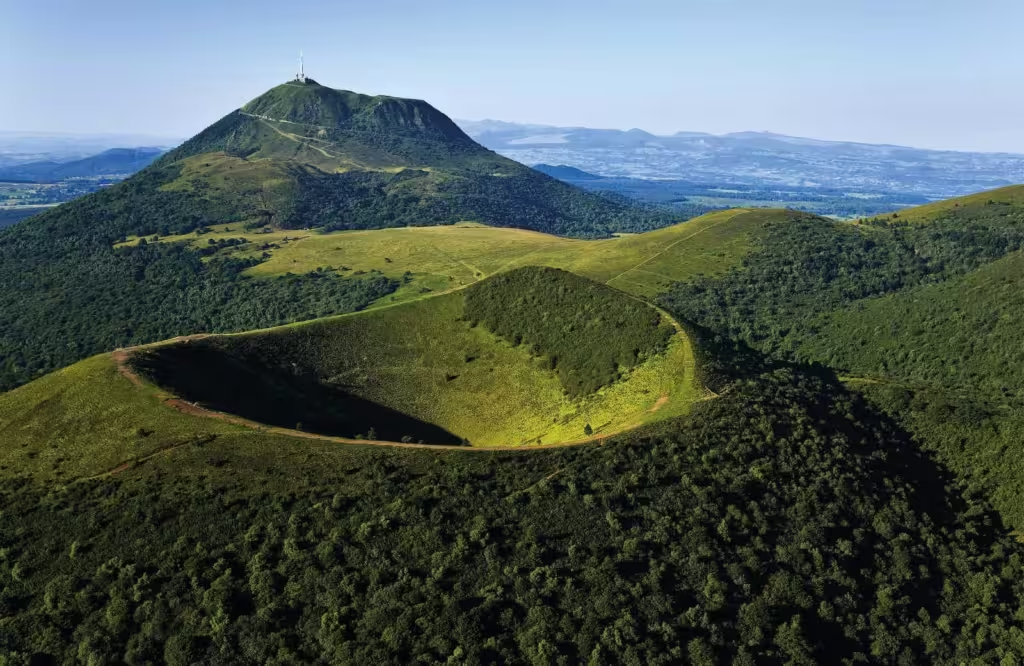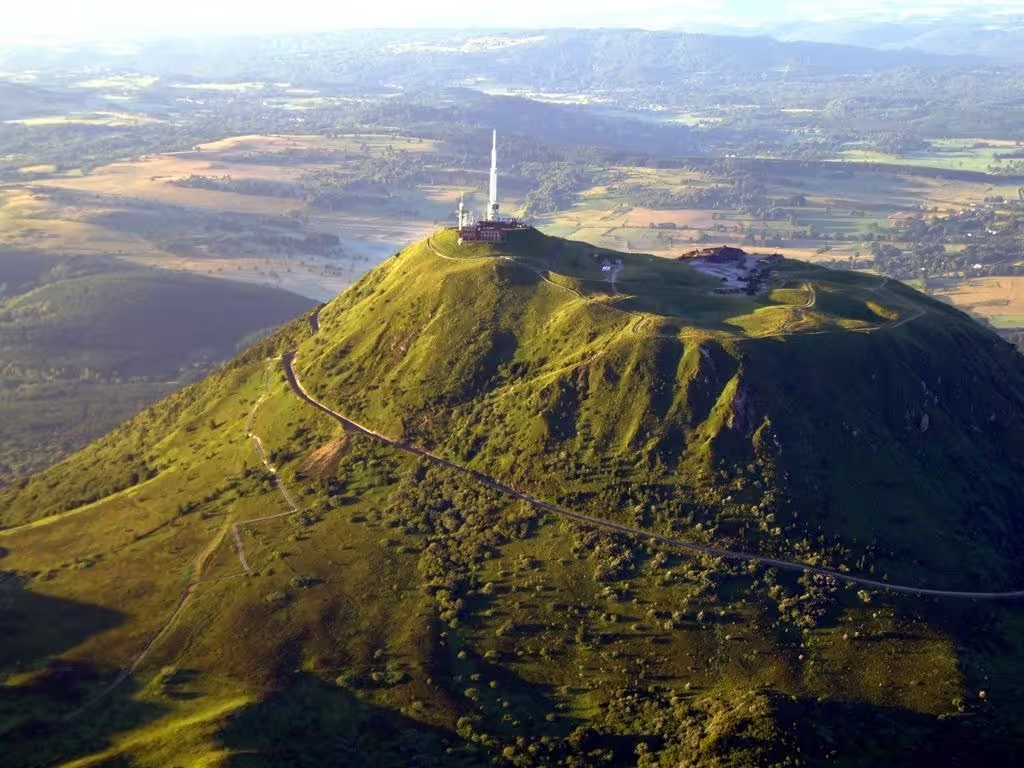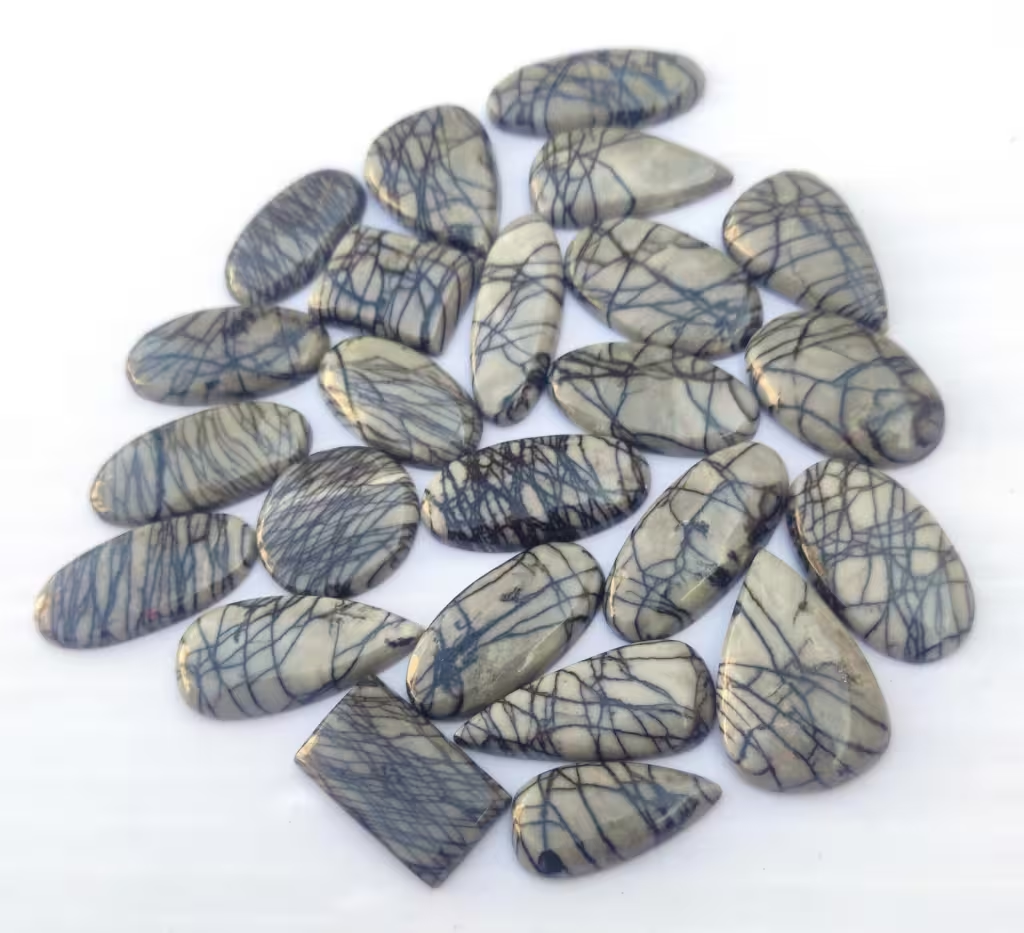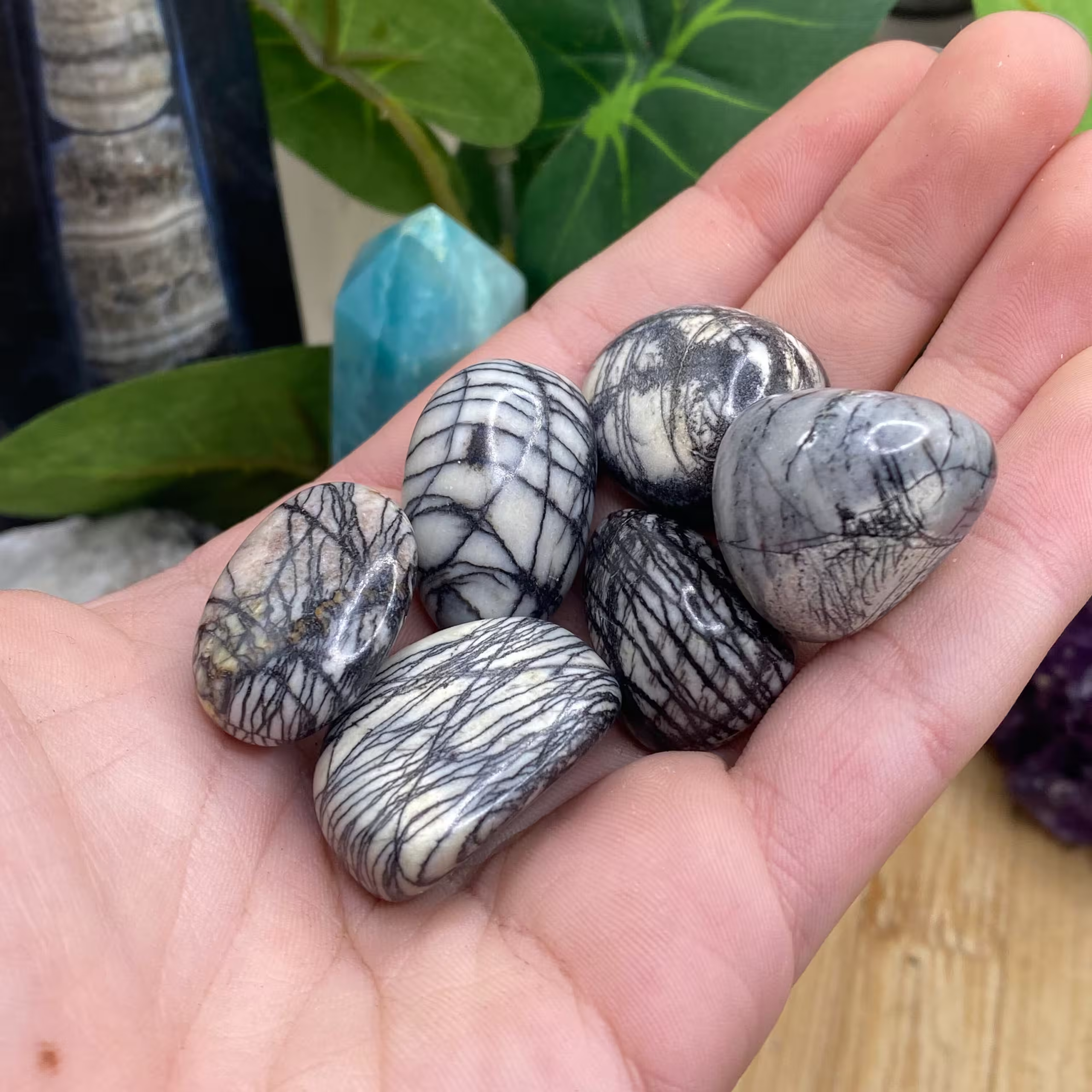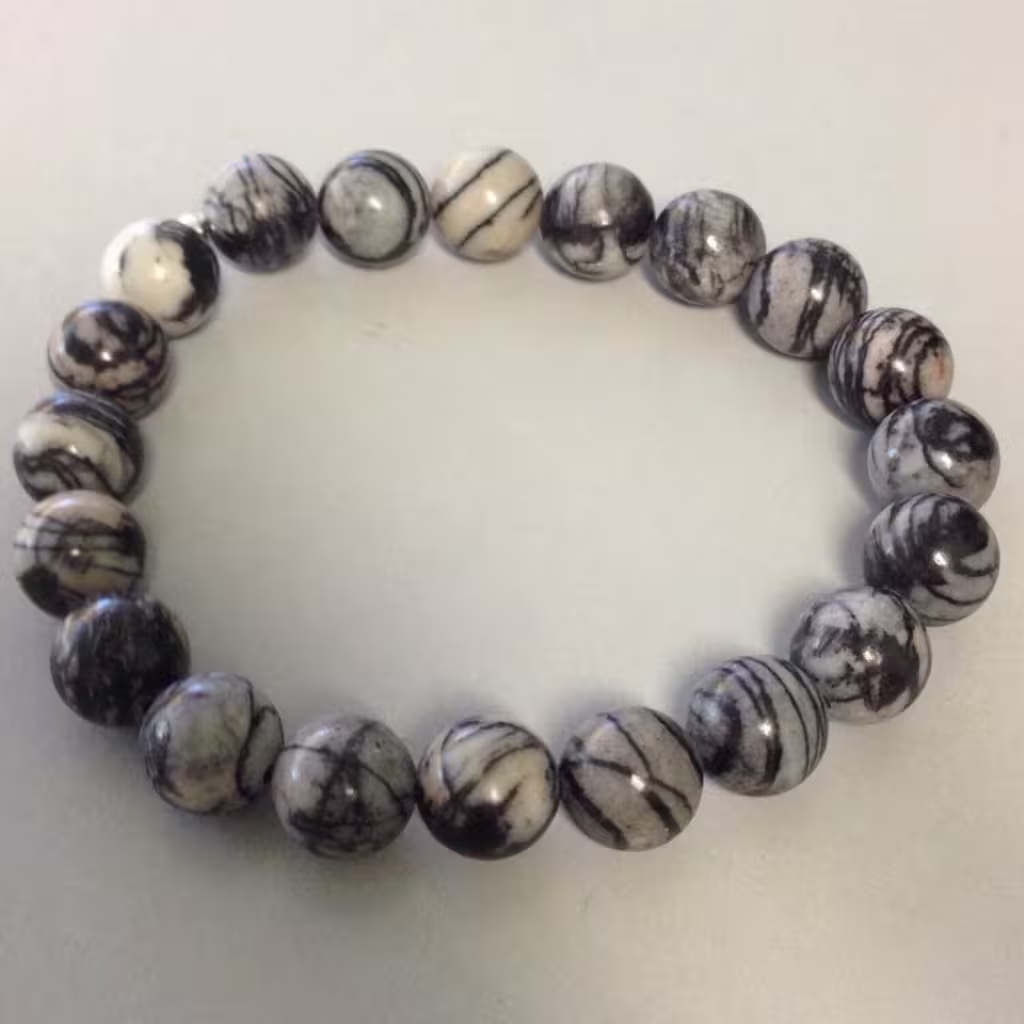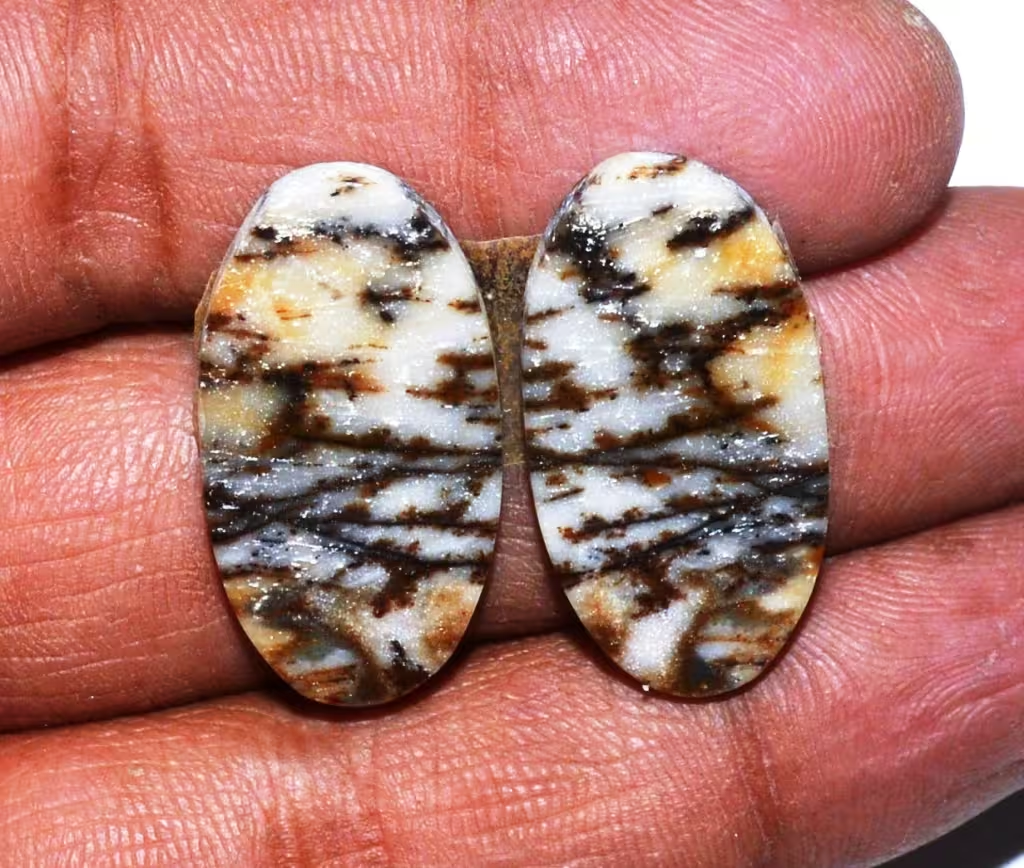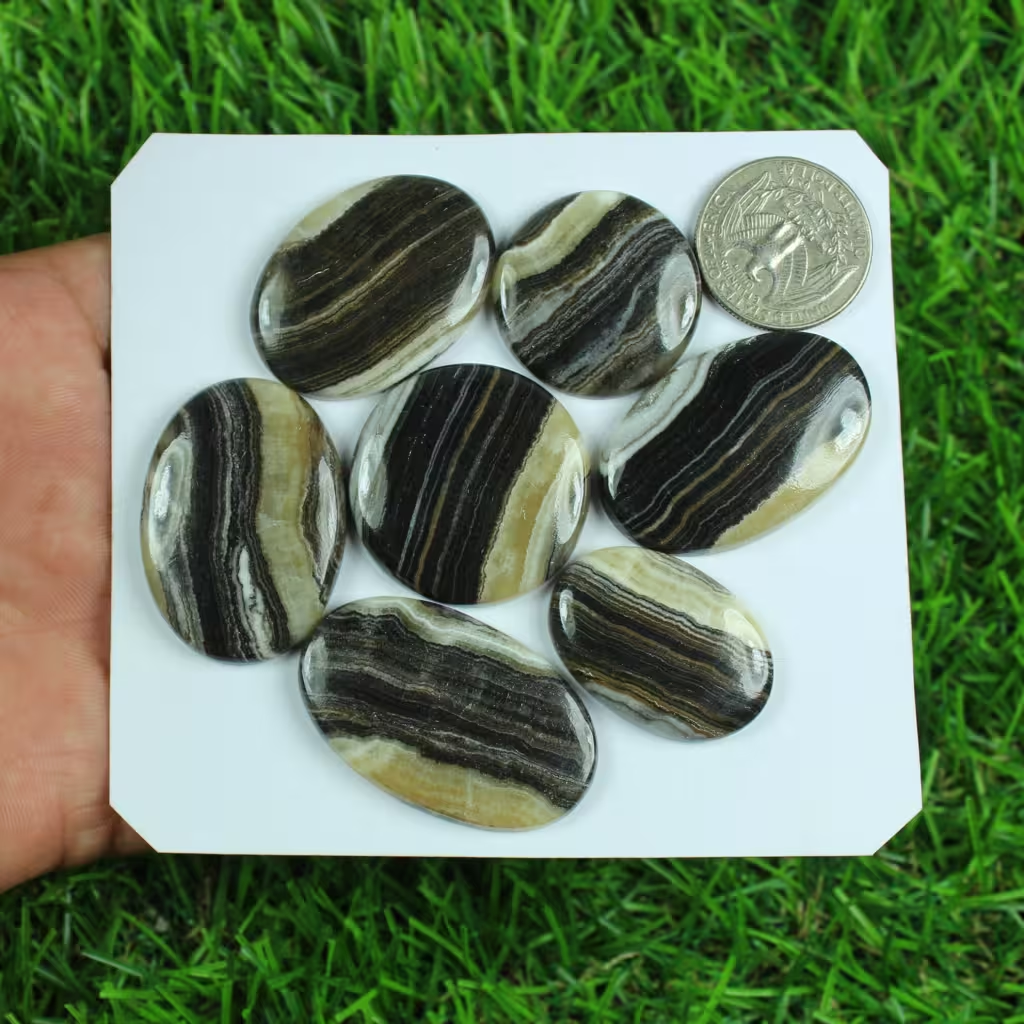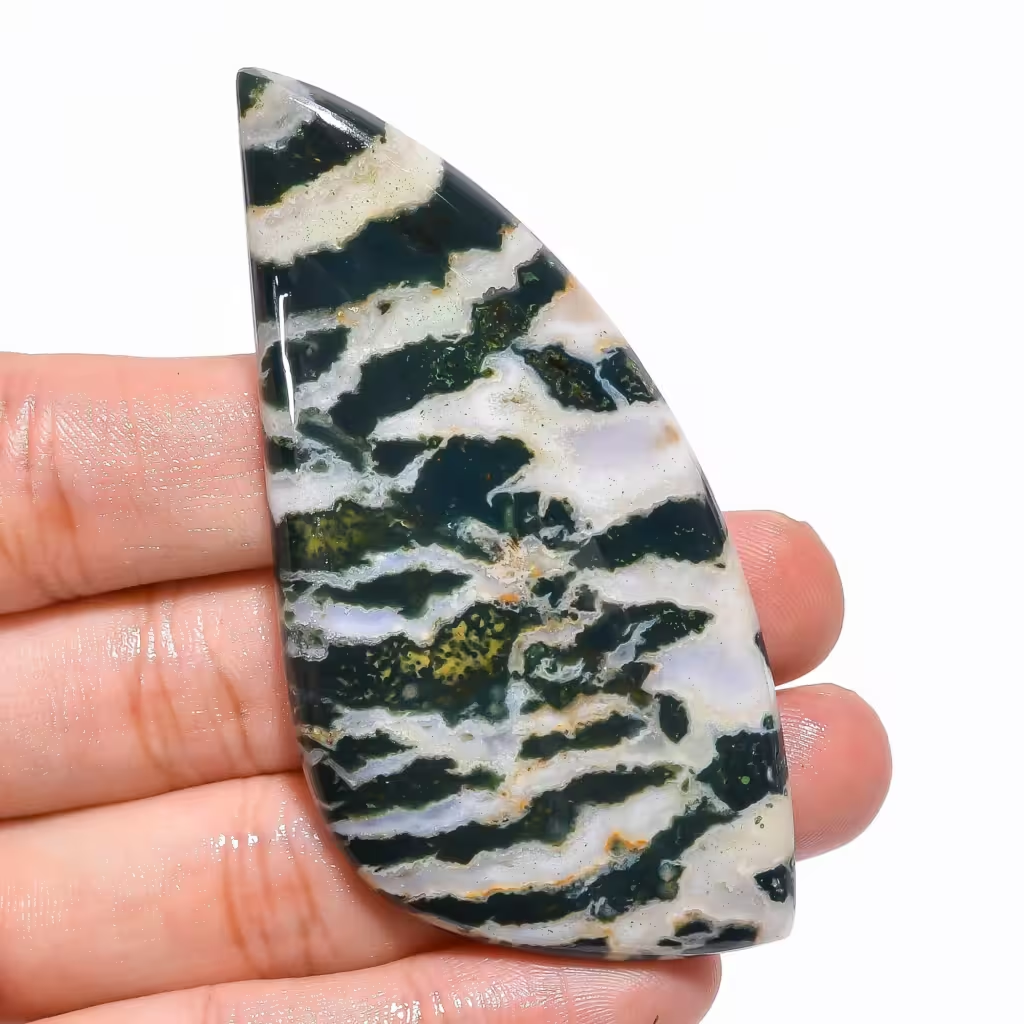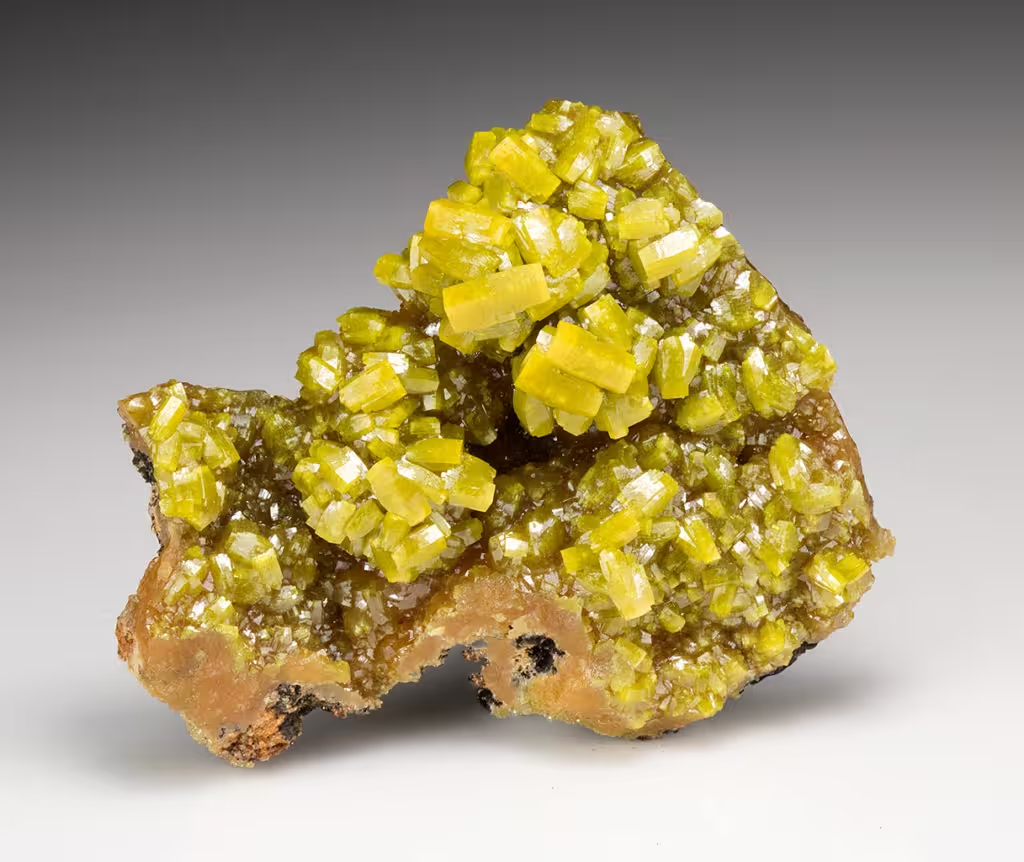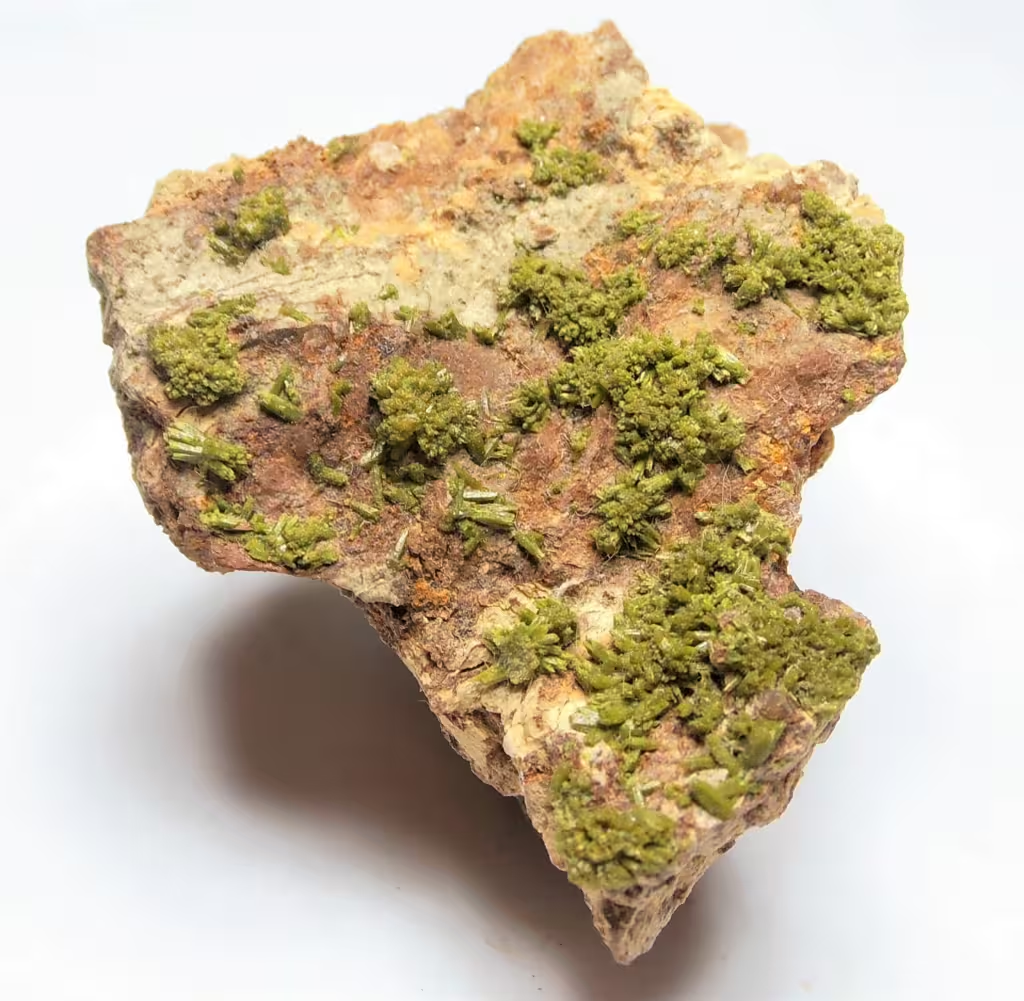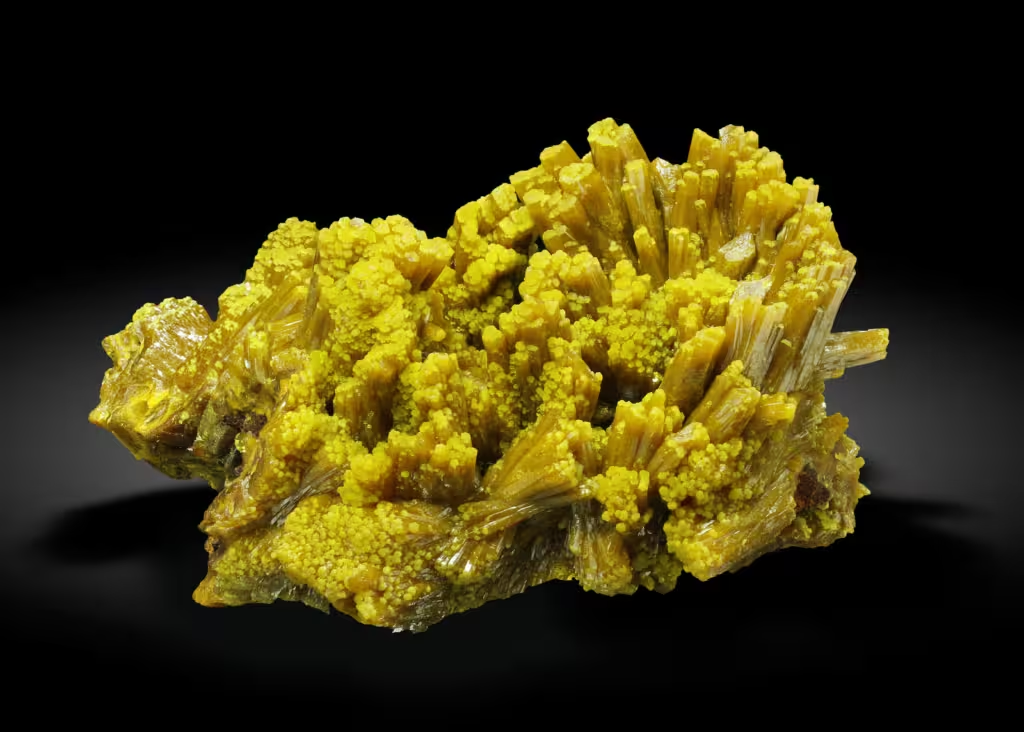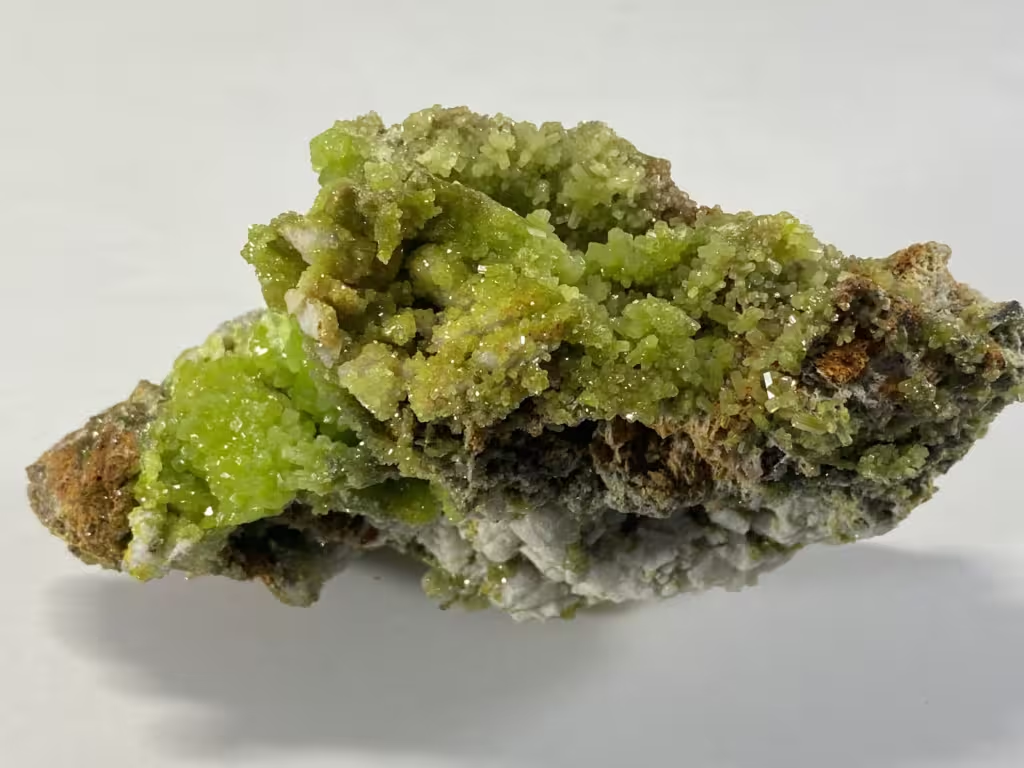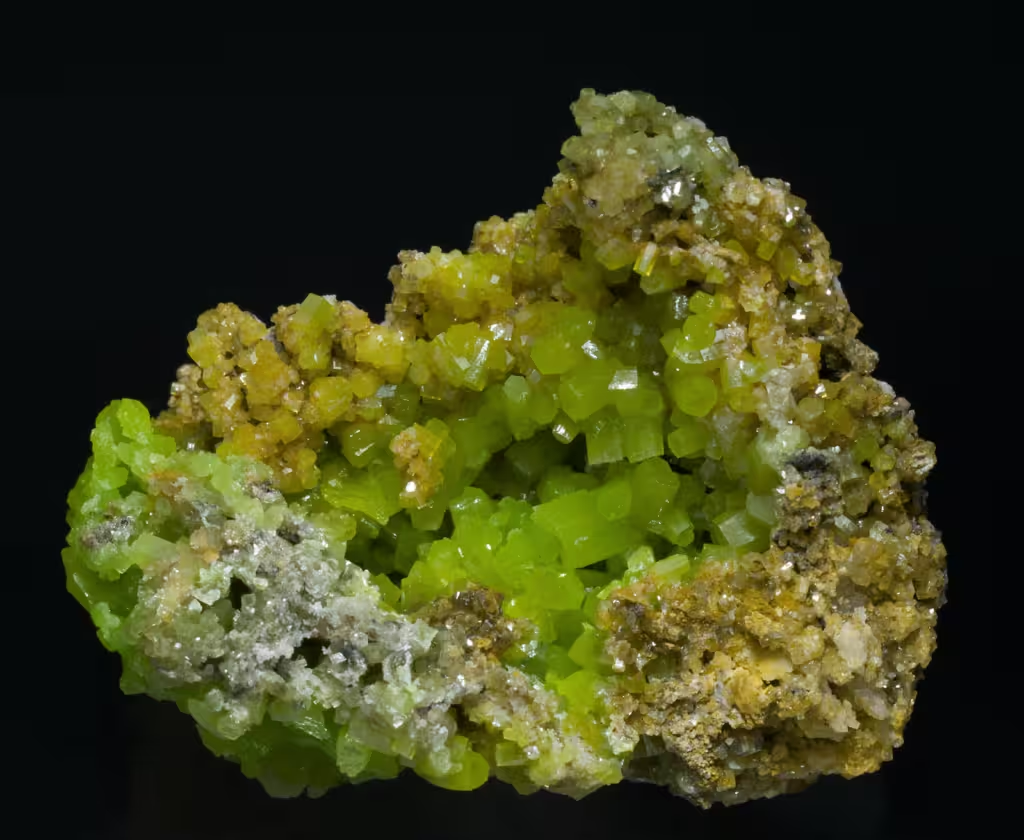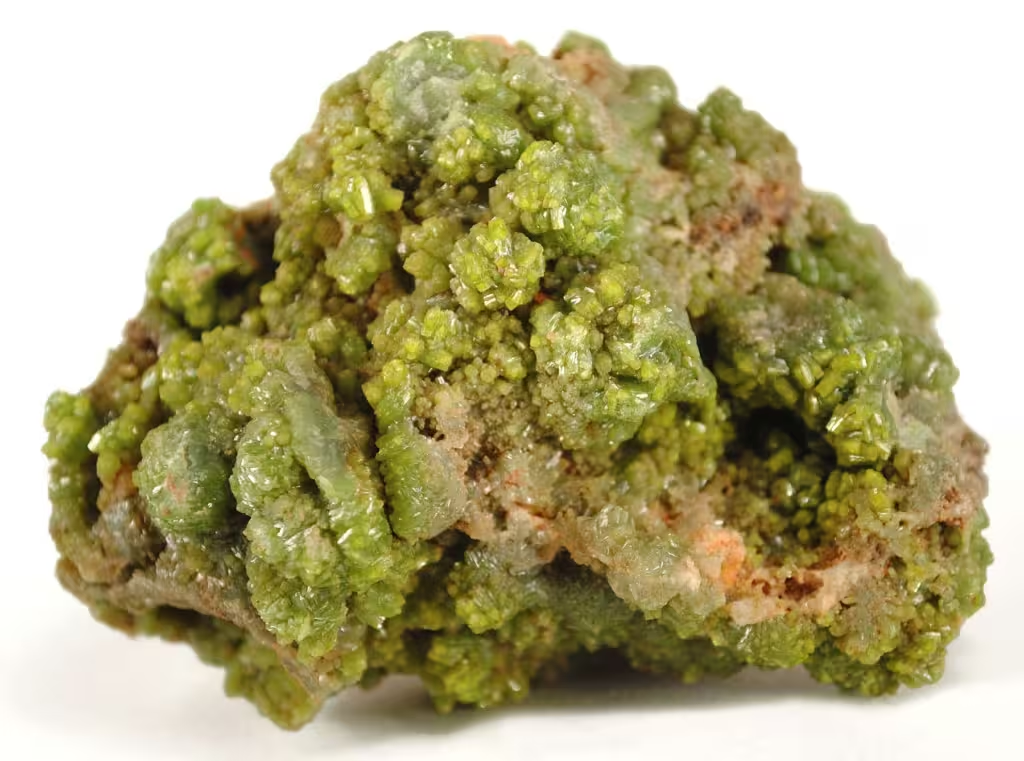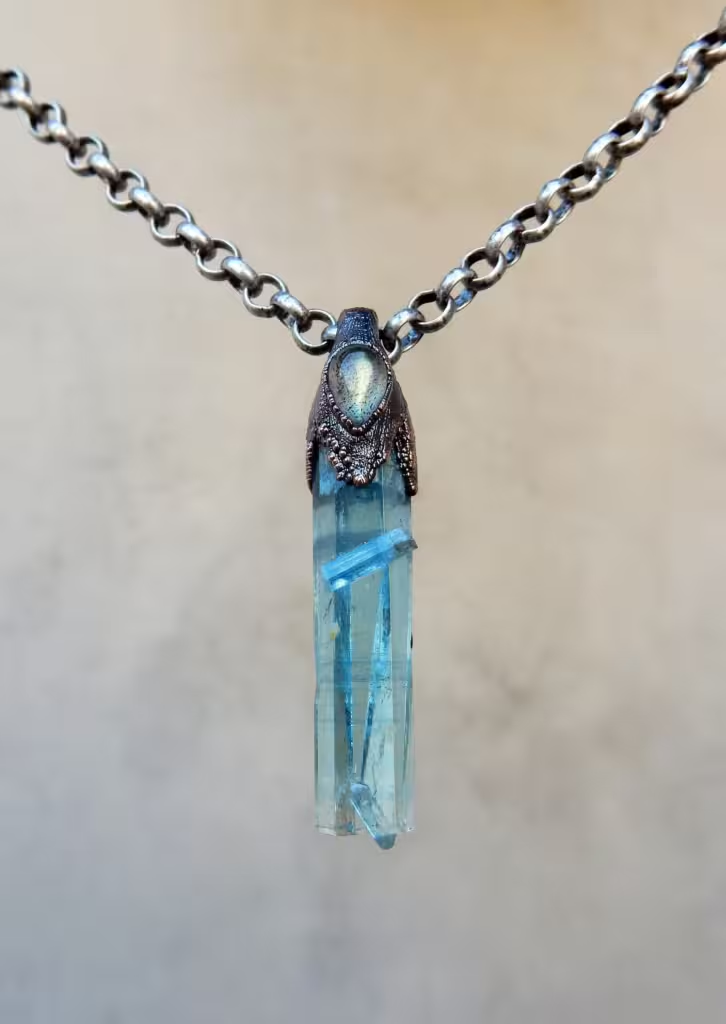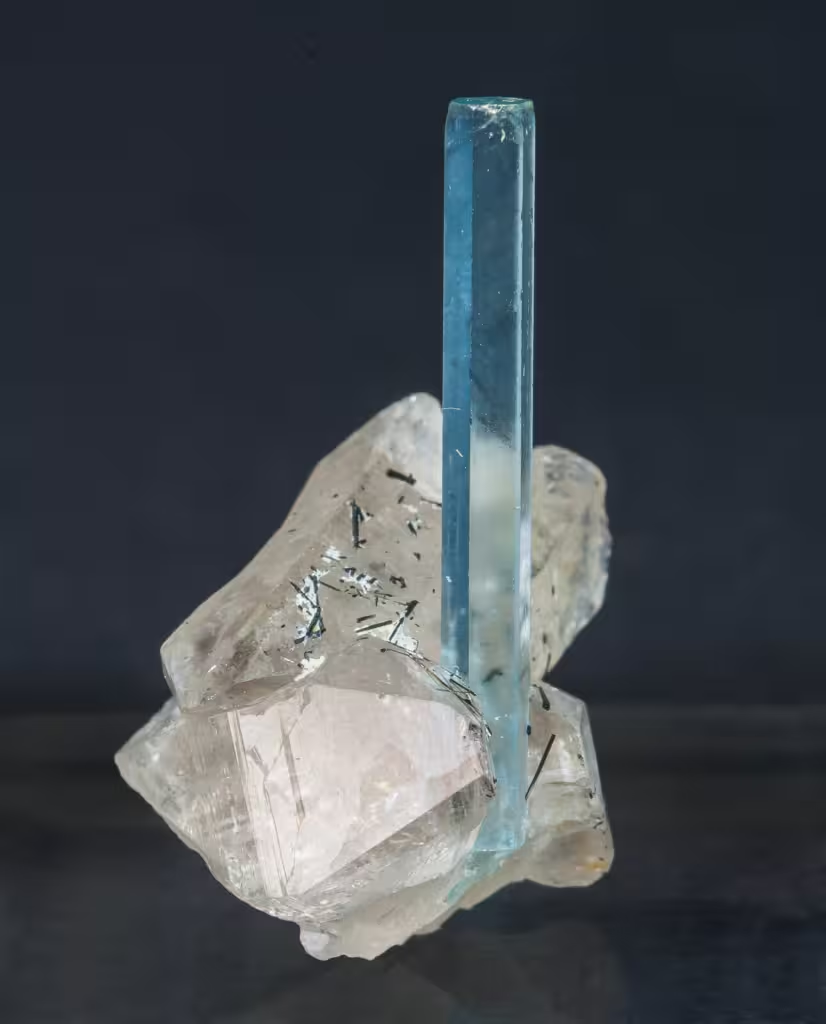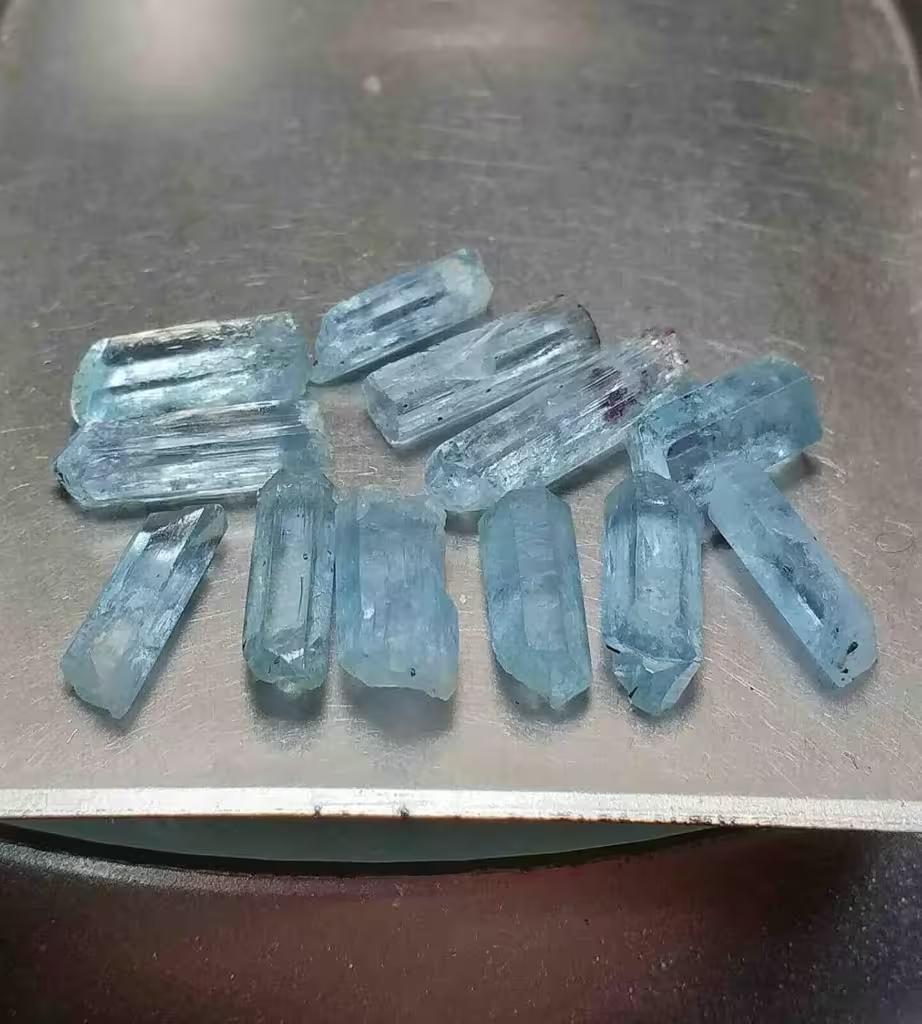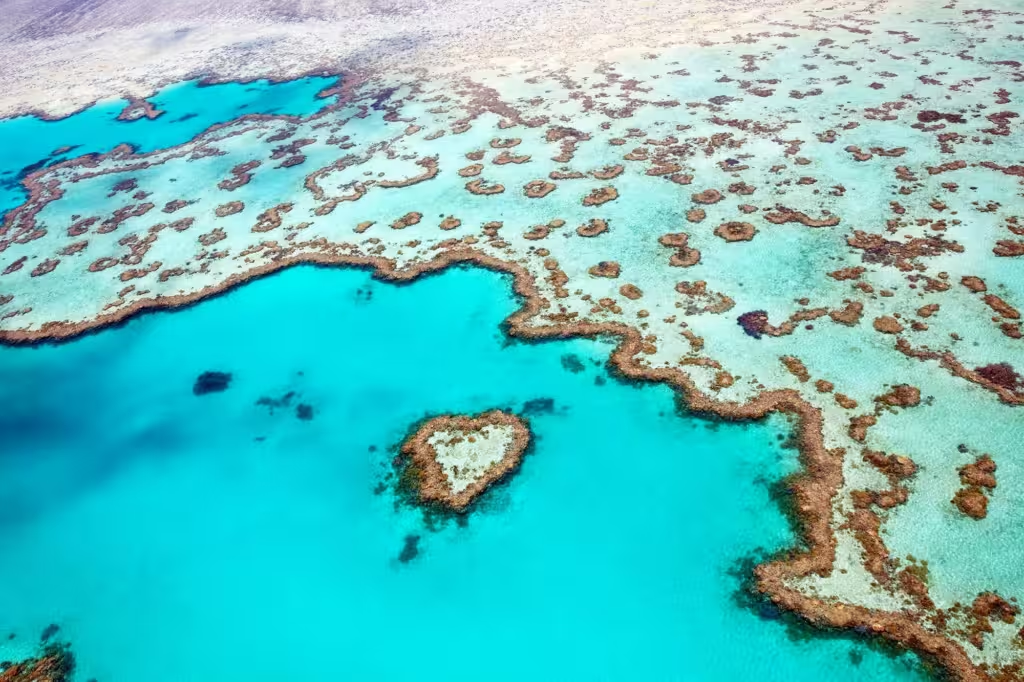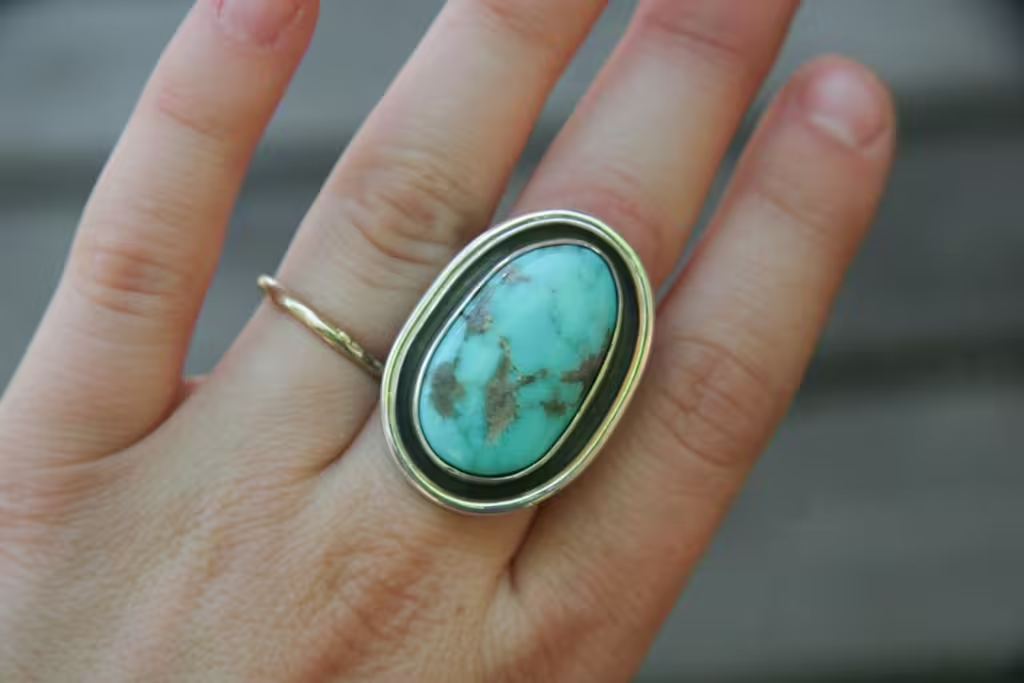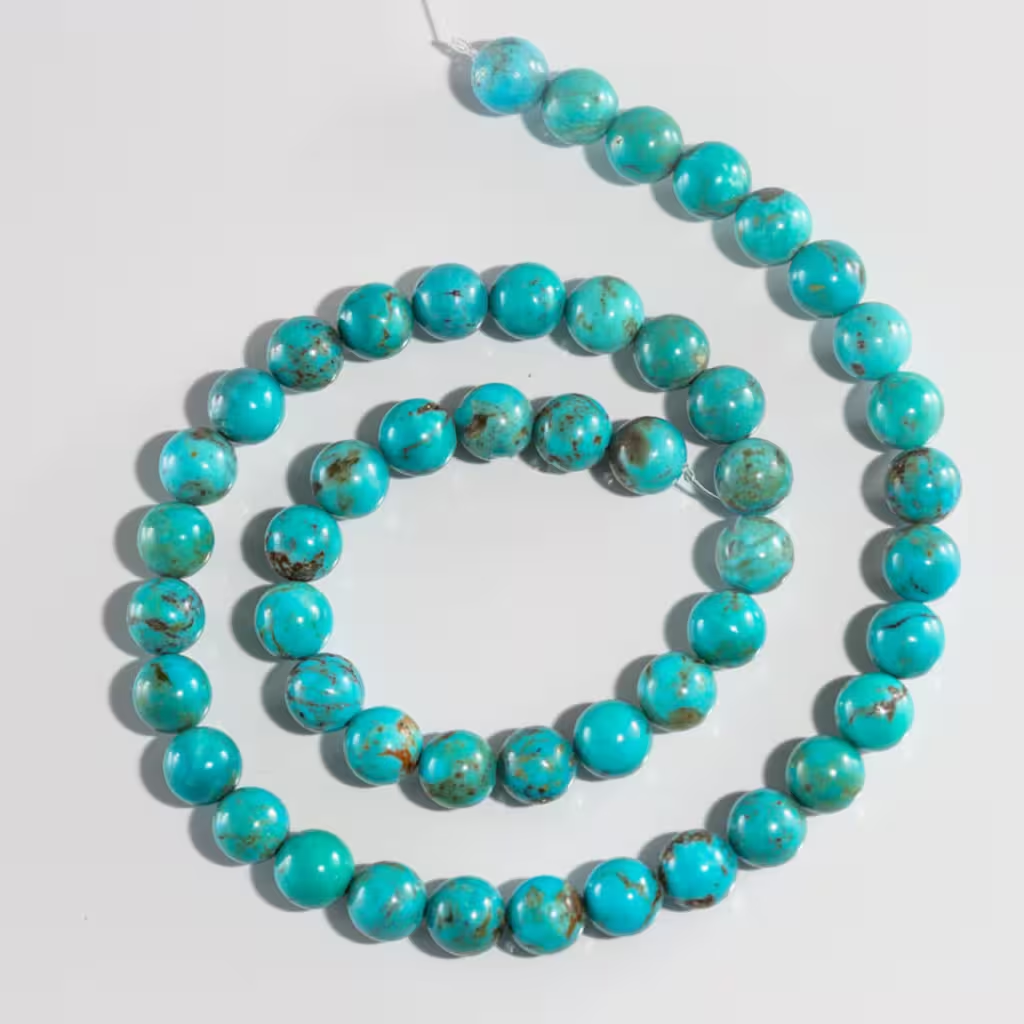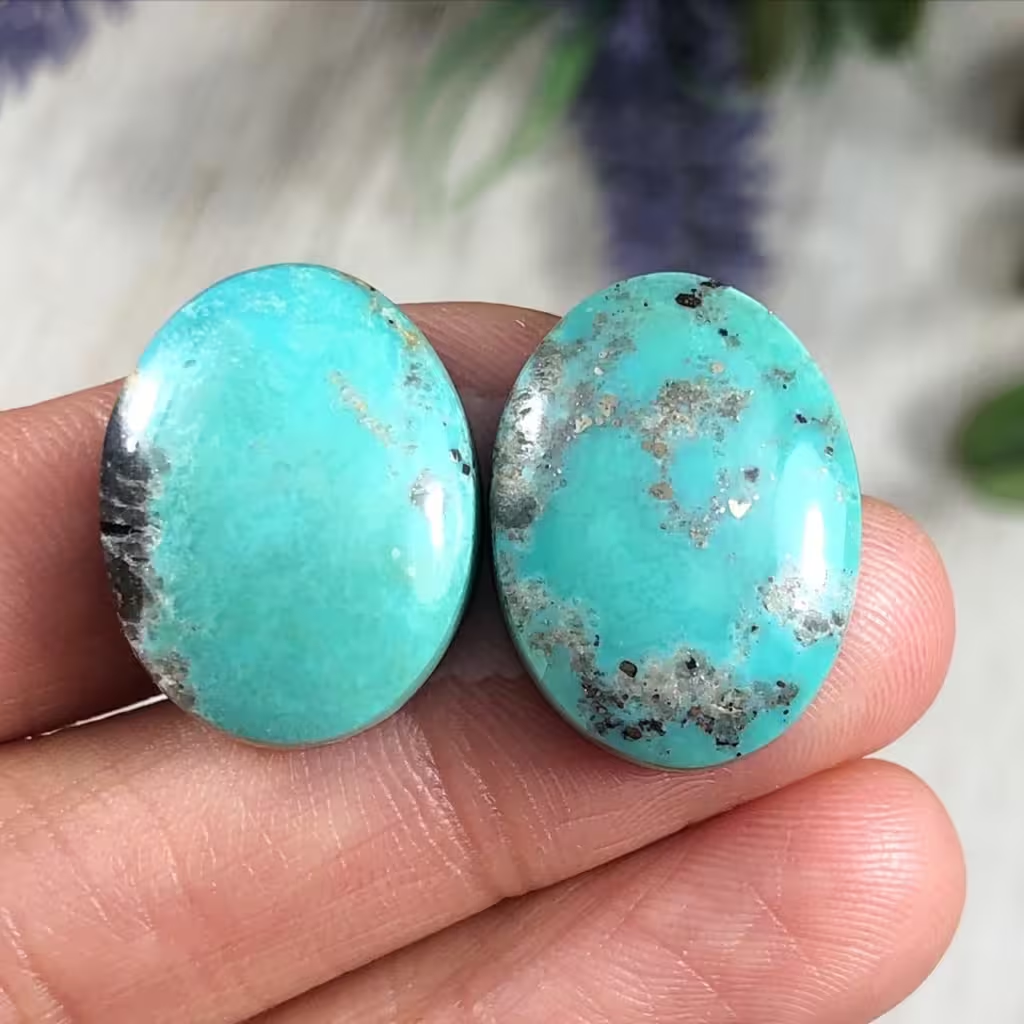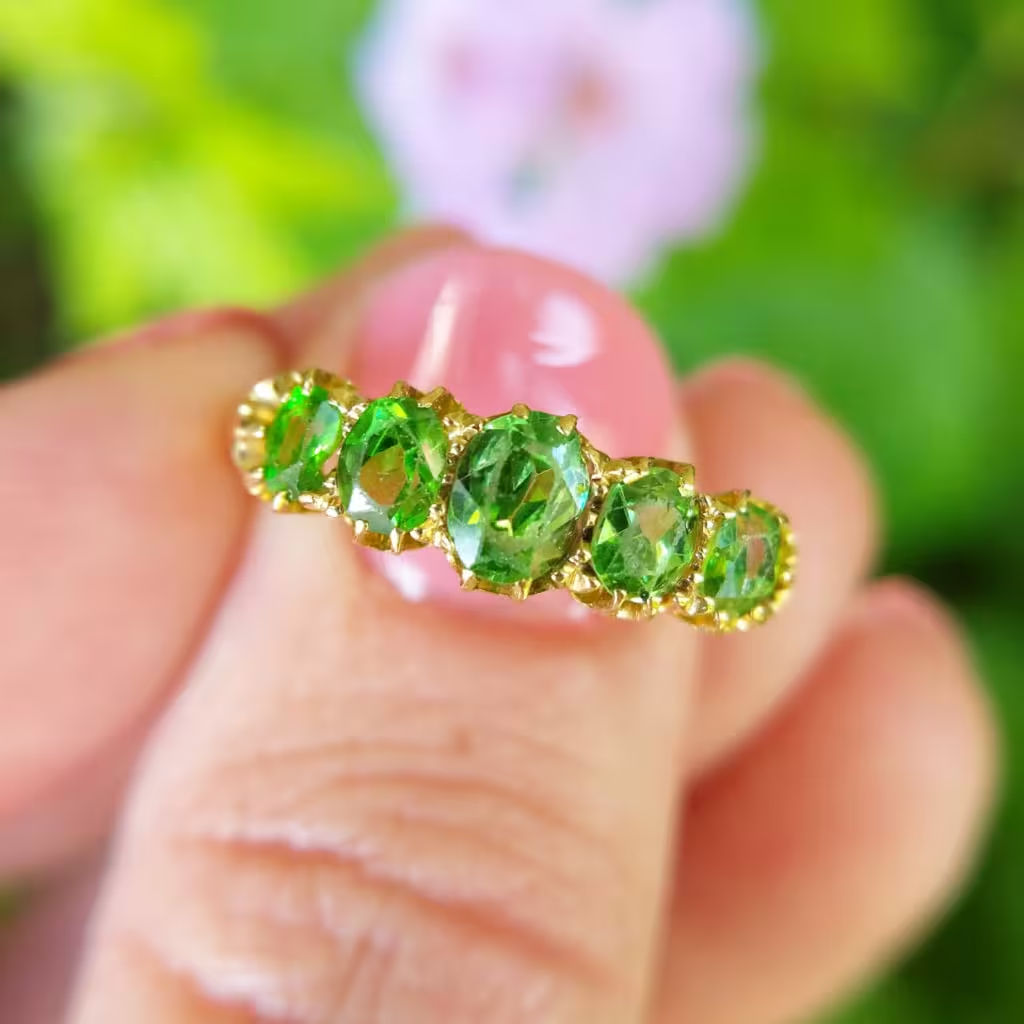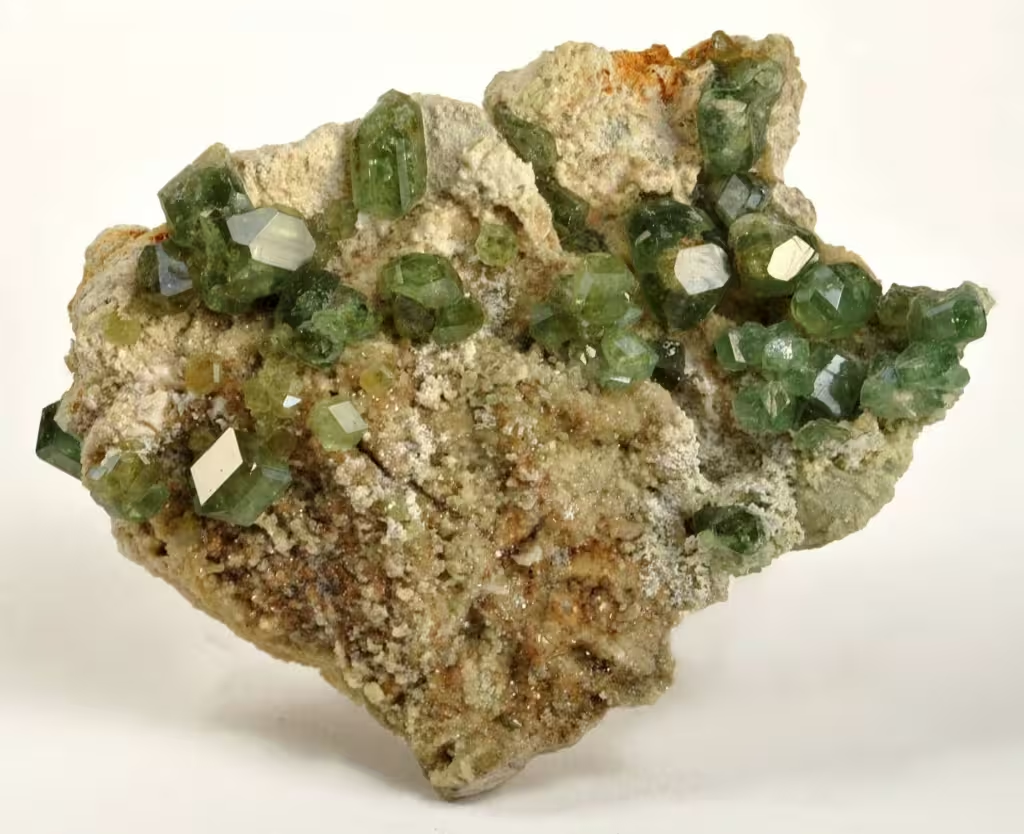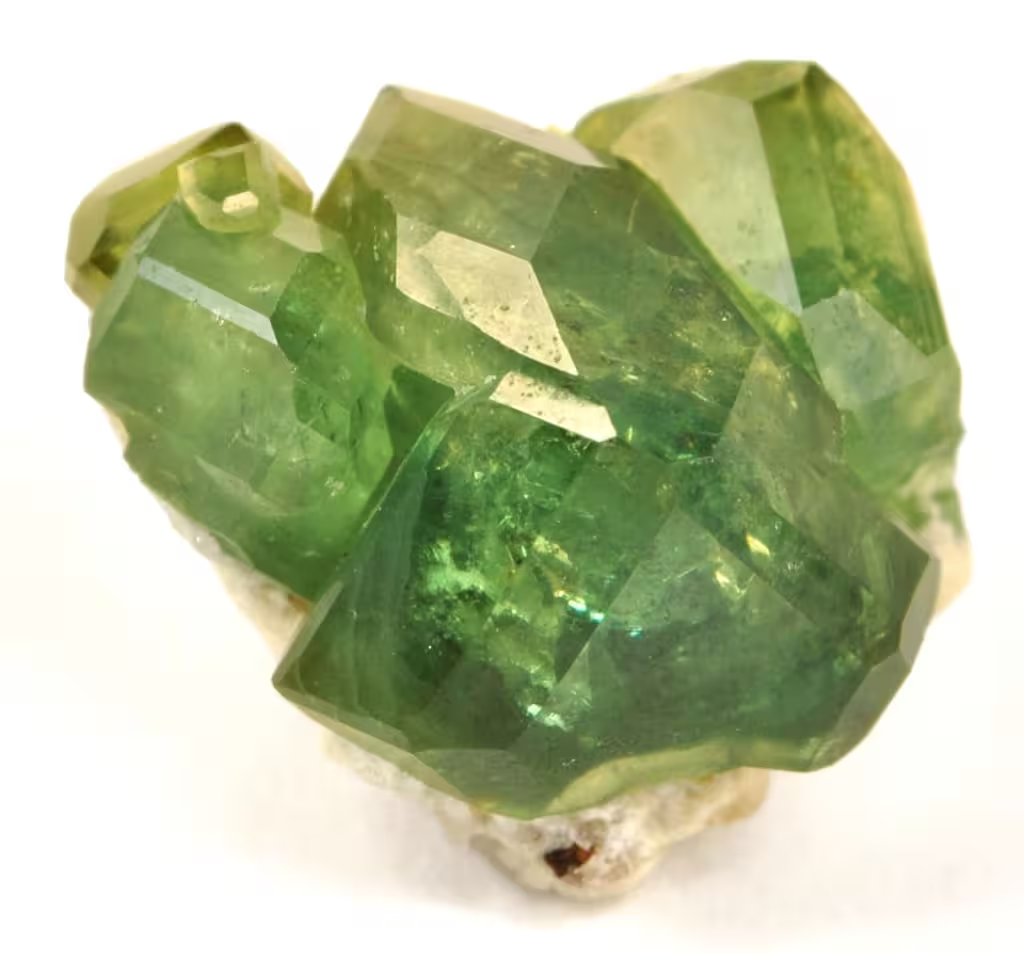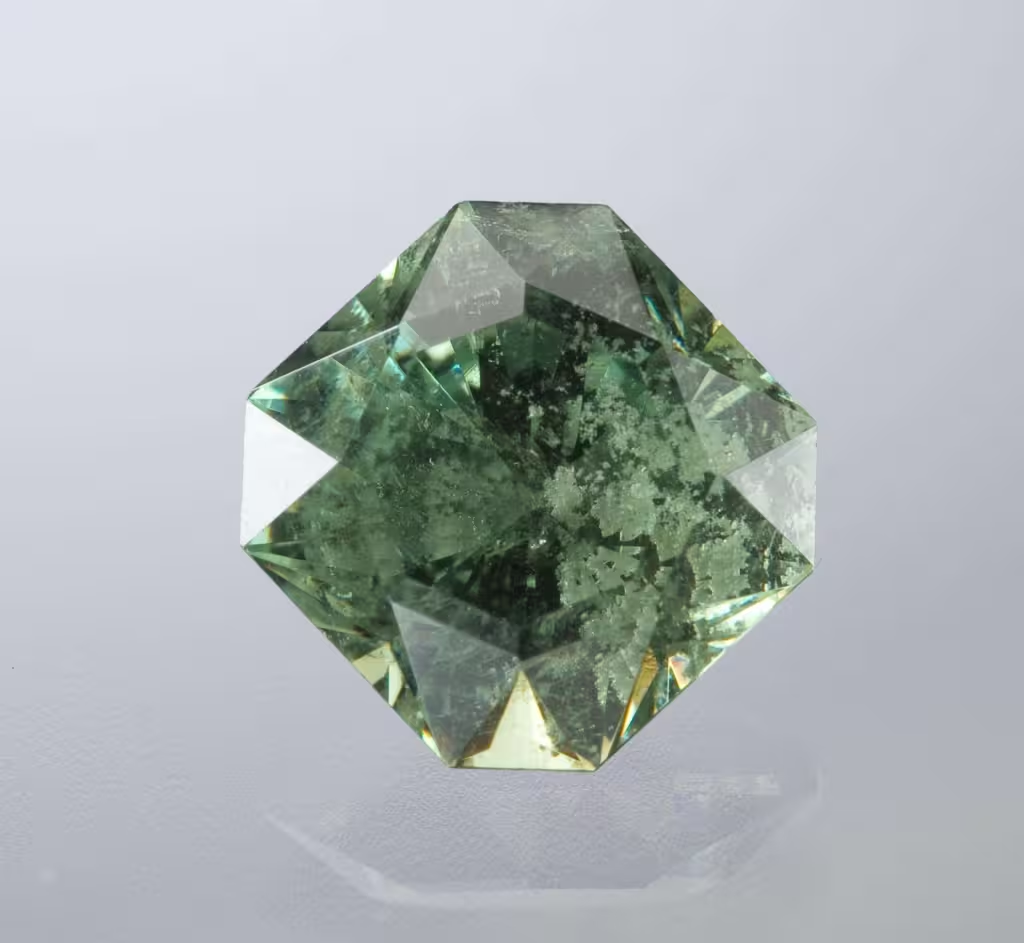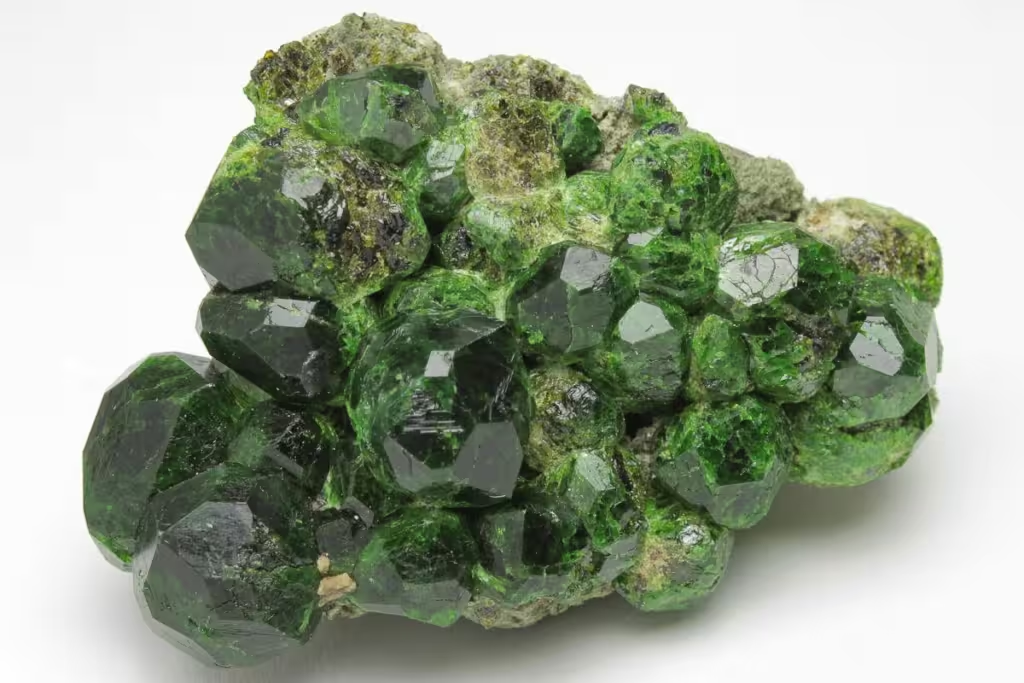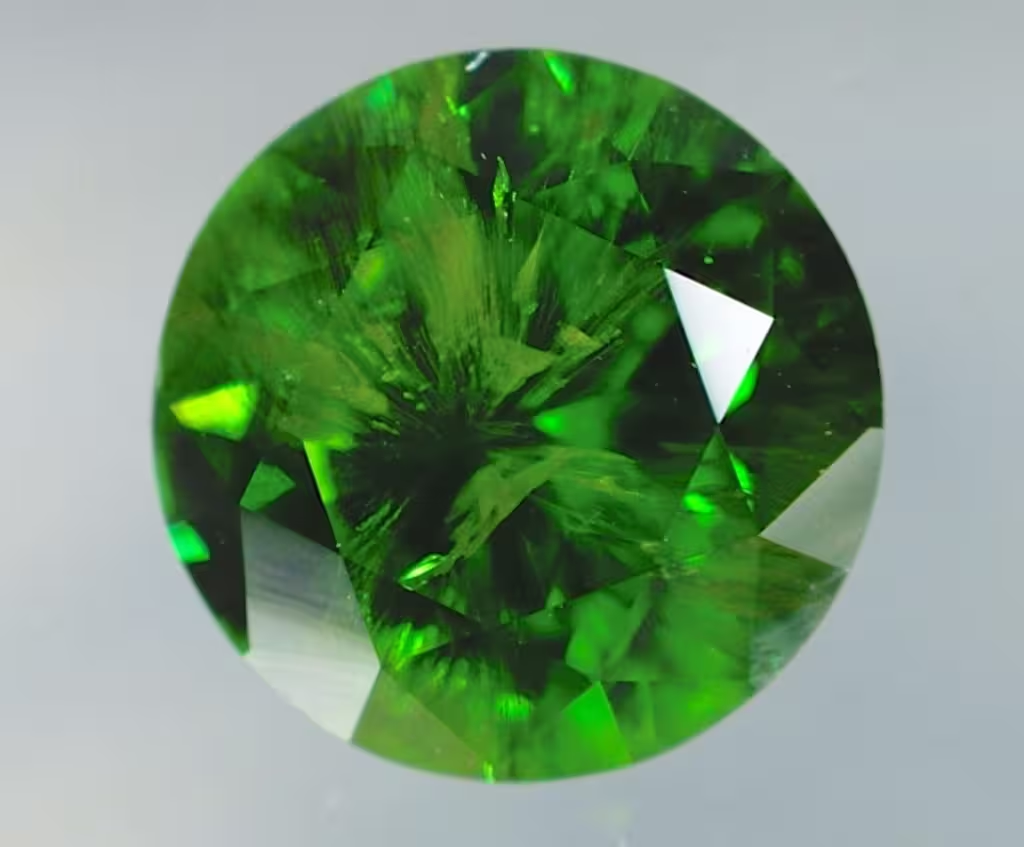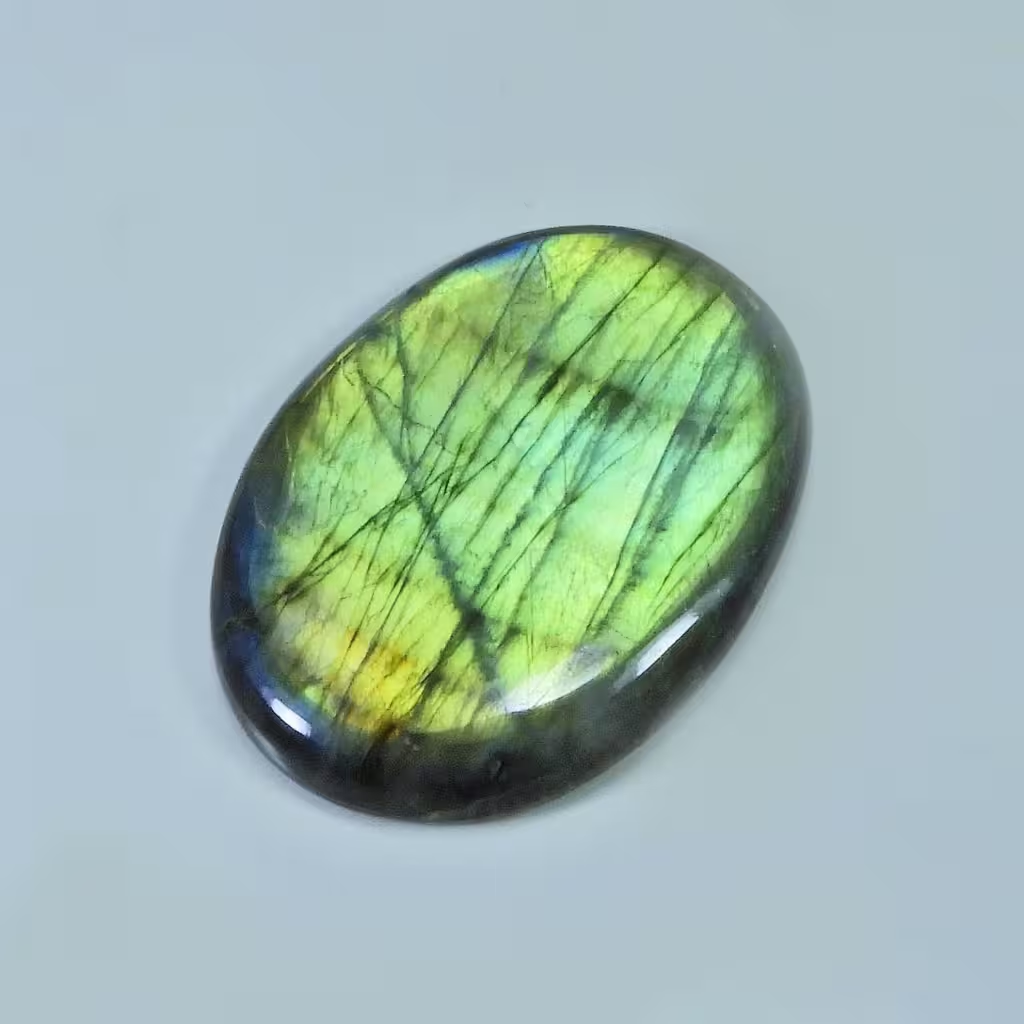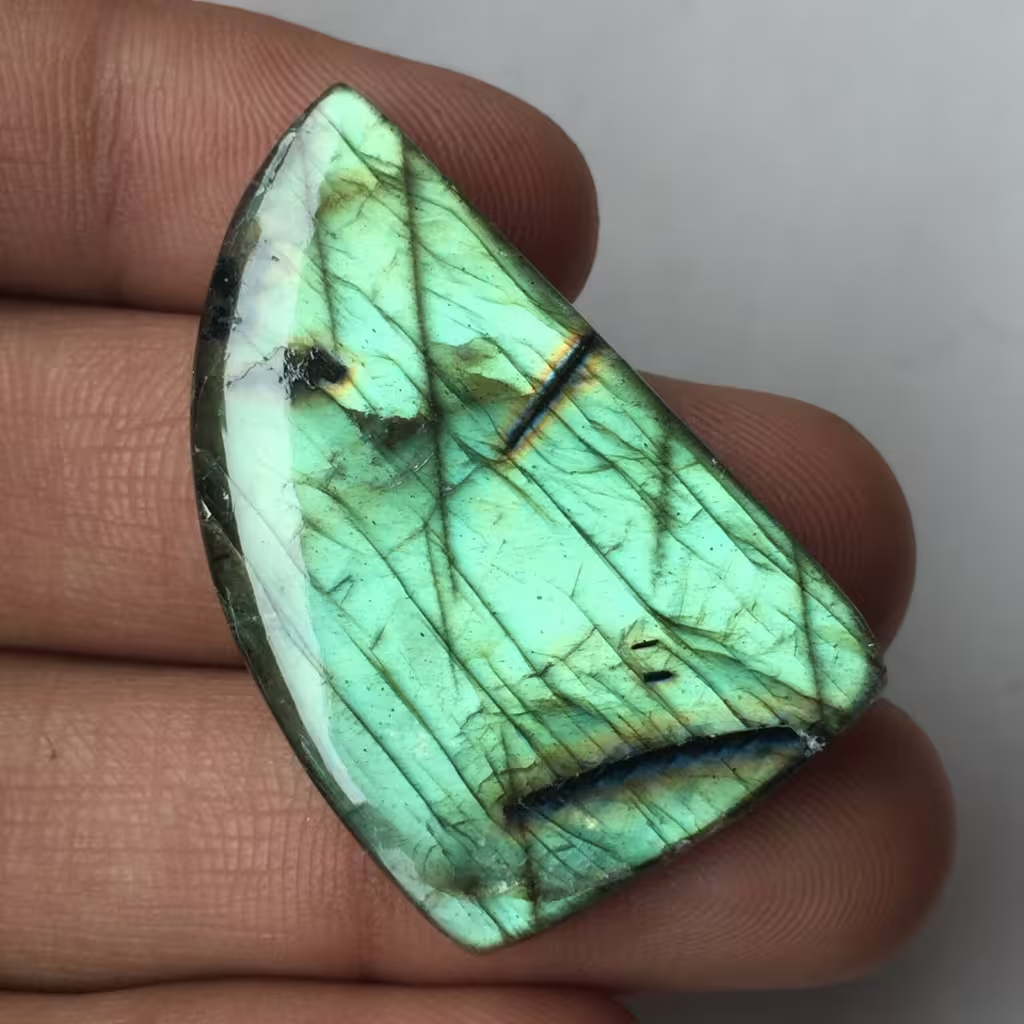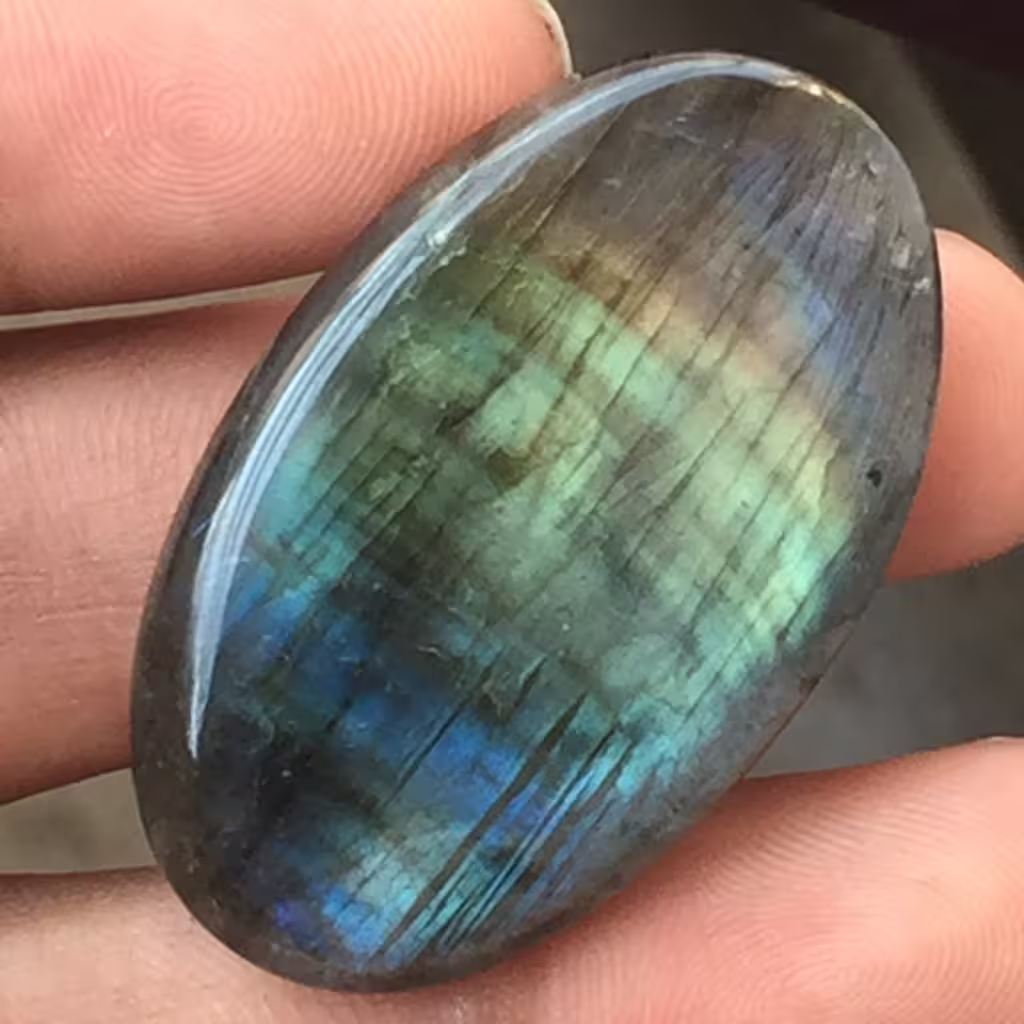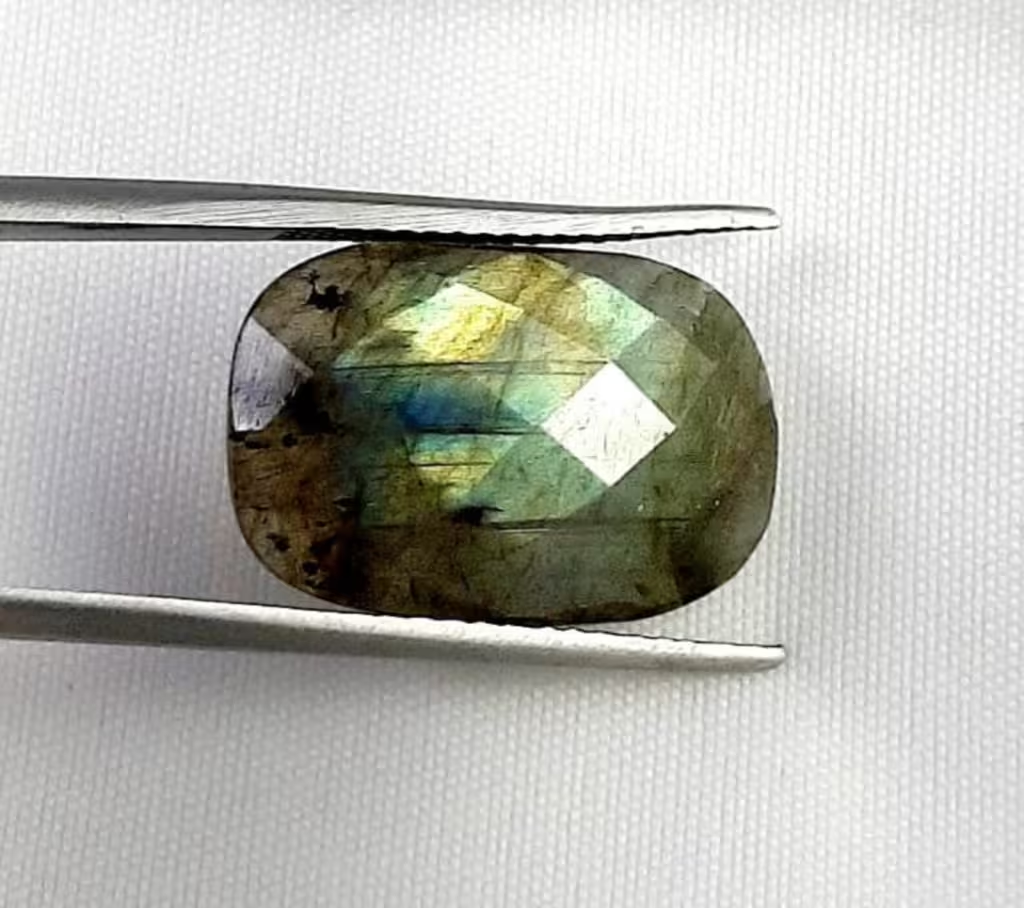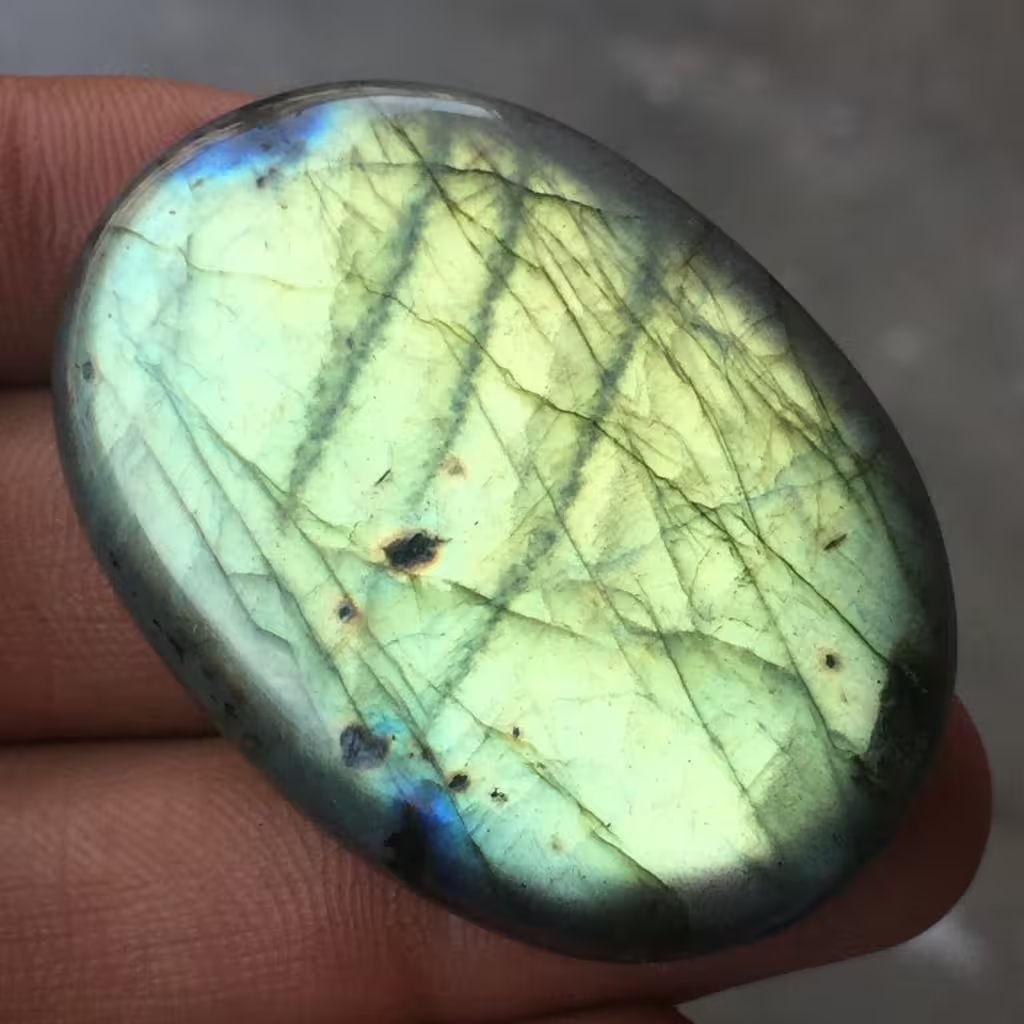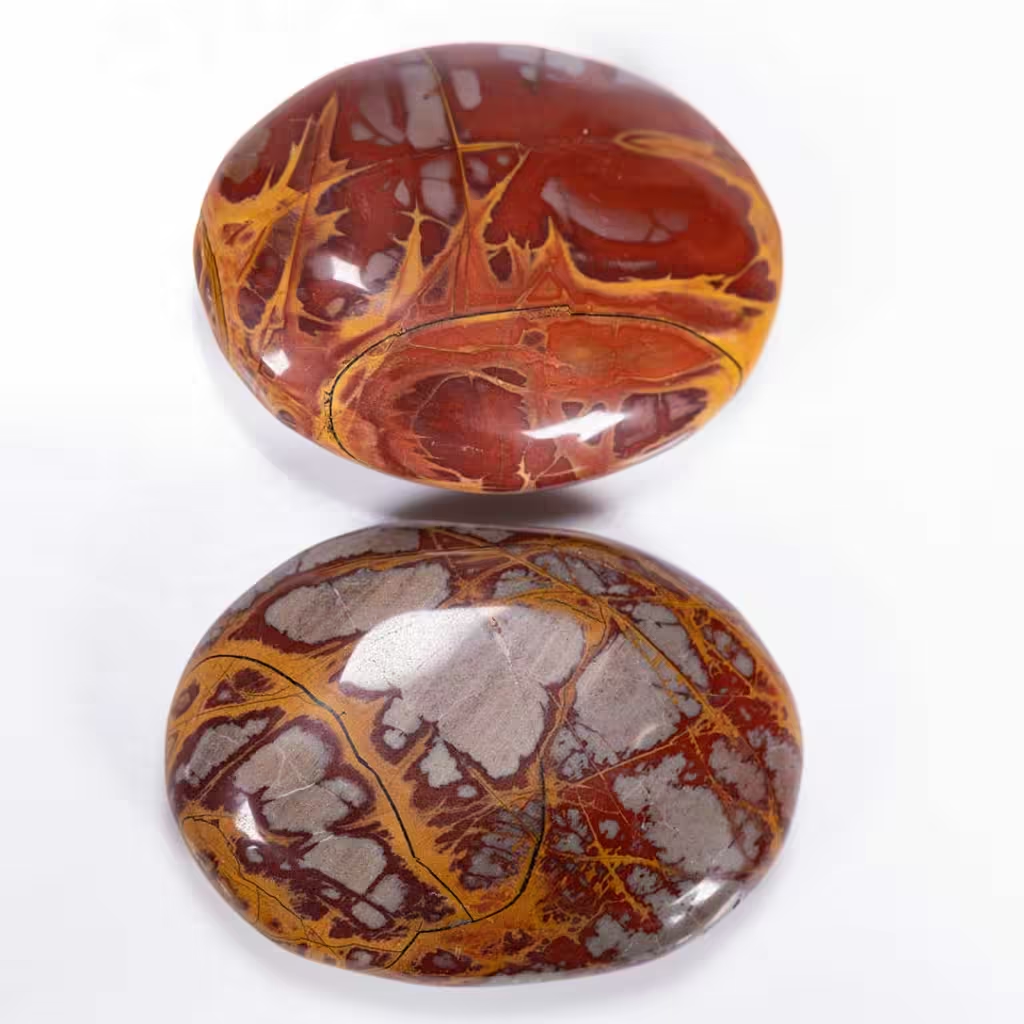Gahnite
Gahnite is a mineral belonging to the spinel group, specifically a zinc aluminum oxide with the chemical formula ZnAl2O4ZnAl_2O_4ZnAl2O4. It is typically found in metamorphic and pegmatitic rocks and is known for its characteristic dark green, blue-green, or blue-black color, which can vary depending on its composition. Gahnite is generally opaque, although some translucent specimens exist. It crystallizes in the cubic system, often forming octahedral crystals. Gahnite is relatively hard, with a Mohs hardness of 7.5 to 8, making it suitable for use as an abrasive material in industrial applications.

Gahnite is an important mineral due to its role as a high-temperature refractory material and abrasive, as well as its use as a geothermobarometer in geological studies. Its unique properties, including hardness and chemical stability, make it valuable in industrial applications, while its presence in metamorphic rocks provides insights into the conditions of rock formation, contributing to our understanding of geological processes and mineral exploration.
Etymology and Origin of the Name: The name “Gahnite” honors the Swedish chemist Johan Gottlieb Gahn (1745–1818), who made significant contributions to the field of mineralogy and chemistry. Gahn was instrumental in discovering several minerals and elements, most notably manganese, which he isolated in 1774. The mineral was first described in 1807 by Jöns Jakob Berzelius, a renowned Swedish chemist, who named it in recognition of Gahn’s work.
Gahnite was initially discovered in Sweden, but since then, it has been identified in various locations worldwide, including the United States, Canada, Australia, and Brazil. The presence of gahnite in different geological environments has provided insights into the metamorphic processes and mineralogical conditions that lead to its formation.
Contents
Chemical Composition and Structure of Gahnite
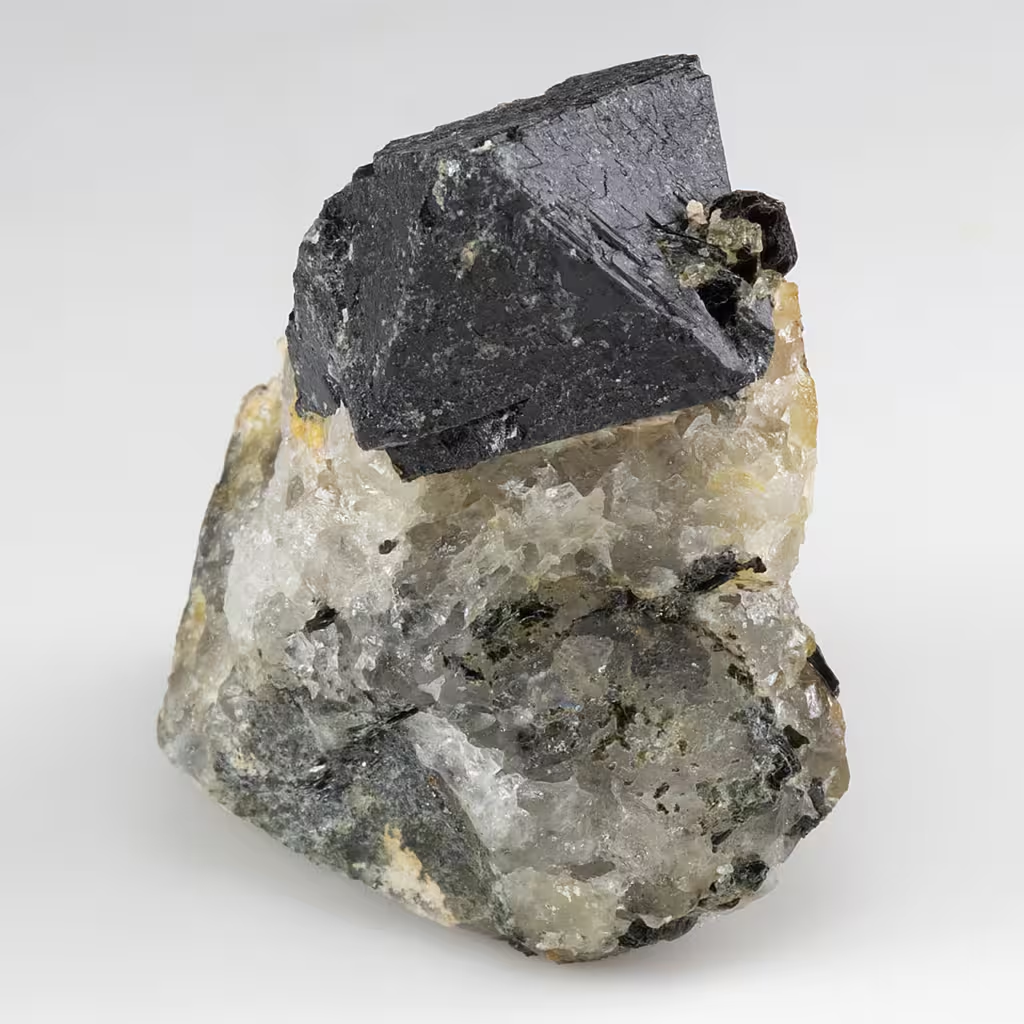
Chemical Formula: Gahnite is a zinc aluminum oxide with the chemical formula ZnAl2O4ZnAl_2O_4ZnAl2O4. In this formula, zinc (Zn) acts as the primary cation, while aluminum (Al) and oxygen (O) form the oxide component. This combination places gahnite in the spinel group of minerals, characterized by a general formula of AB2O4AB_2O_4AB2O4, where “A” can be a divalent cation such as zinc (Zn), magnesium (Mg), or iron (Fe), and “B” is a trivalent cation like aluminum (Al), iron (Fe), or chromium (Cr).
Crystalline Structure: Gahnite crystallizes in the cubic crystal system, specifically in the isometric class. Its structure is known as the spinel structure, where oxygen atoms form a closely packed cubic arrangement, and the cations occupy interstitial sites within this lattice. In gahnite, zinc (Zn) ions are located in the tetrahedral sites, while aluminum (Al) ions occupy the octahedral sites of the crystal structure. This arrangement gives gahnite its characteristic cubic, often octahedral crystal shape. The structure is stable and resistant to weathering, which contributes to the mineral’s durability and hardness, ranging from 7.5 to 8 on the Mohs scale.
Variants and Impurities: Gahnite can have various impurities that affect its color and other physical properties. Common impurities include iron (Fe), magnesium (Mg), and manganese (Mn), which can substitute for zinc (Zn) in the crystal lattice. When iron substitutes for zinc, the mineral can range from dark green to black. If magnesium or manganese are present, lighter shades of green or blue may occur. Additionally, traces of chromium (Cr) and vanadium (V) can also influence the color of gahnite, giving it a slightly greenish hue.
These impurities and variations in composition not only change the appearance of gahnite but can also provide valuable information about the geological conditions under which the mineral formed. Variants of gahnite with significant amounts of iron or magnesium are often associated with specific types of metamorphic or pegmatitic environments.
Physical Properties of Gahnite
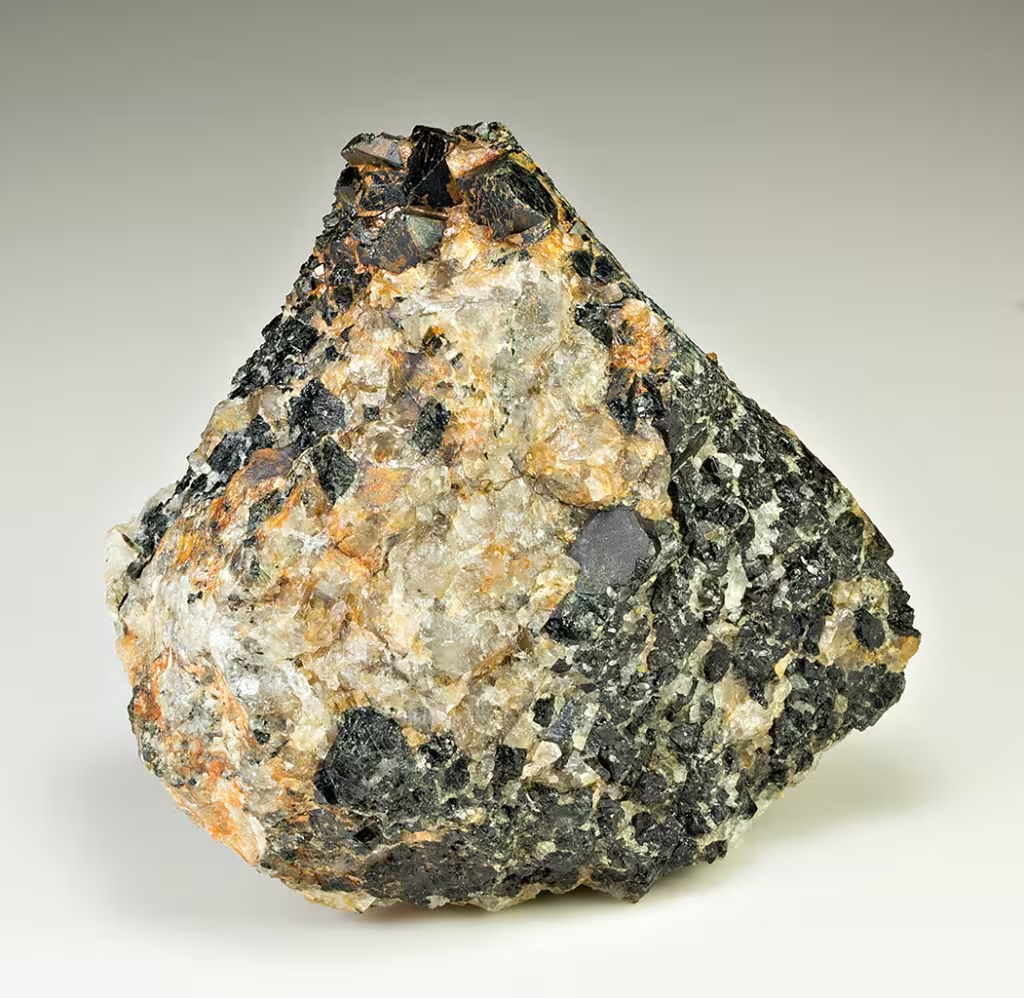
Color: Gahnite is typically dark green, blue-green, blue-black, or even black. The color can vary depending on impurities such as iron, magnesium, or manganese present in the crystal structure. Lighter green or bluish shades can occur with lower iron content or the presence of other elements.
Luster: Gahnite exhibits a vitreous to submetallic luster, meaning it can range from glassy to slightly metallic in appearance. Its luster is most prominent on freshly broken or polished surfaces.
Transparency: Gahnite is generally opaque, but some high-quality crystals can be translucent, particularly in thinner sections or smaller crystals.
Streak: The streak of gahnite, which is the color of its powder when scraped against a white porcelain plate, is typically white or light gray.
Hardness: On the Mohs scale of hardness, gahnite ranges from 7.5 to 8, making it quite hard. This level of hardness allows it to resist scratching and makes it useful as an abrasive material in industrial applications.
Cleavage: Gahnite has no distinct cleavage, meaning it does not break along specific planes of weakness. Instead, it tends to fracture irregularly or conchoidally (shell-like), which is typical of many spinel group minerals.
Fracture: The fracture of gahnite is usually conchoidal or uneven, characterized by smooth, curved surfaces like the inside of a shell or jagged, rough surfaces.
Density: Gahnite has a relatively high specific gravity, typically ranging from 4.4 to 4.6, which means it is quite dense compared to many other minerals. This high density is due to the presence of zinc and aluminum in its composition.
Crystal Habit: Gahnite commonly forms as octahedral crystals, which are eight-faced geometric shapes, but it can also occur in granular or massive forms. The octahedral crystals are often well-formed and can appear as isolated crystals or embedded within host rocks.
Magnetism: Gahnite is generally non-magnetic, but if iron is present as an impurity, it may exhibit weak magnetic properties.
Optical Properties: Under polarized light in thin sections, gahnite typically appears isotropic (the same in all directions) due to its cubic crystal system. However, slight birefringence may be observed in certain specimens, especially if they contain impurities or structural defects.
These physical properties help in the identification of gahnite in both field and laboratory settings and can also provide clues to the mineral’s geological history and the environmental conditions during its formation.
Formation and Occurrence of Gahnite
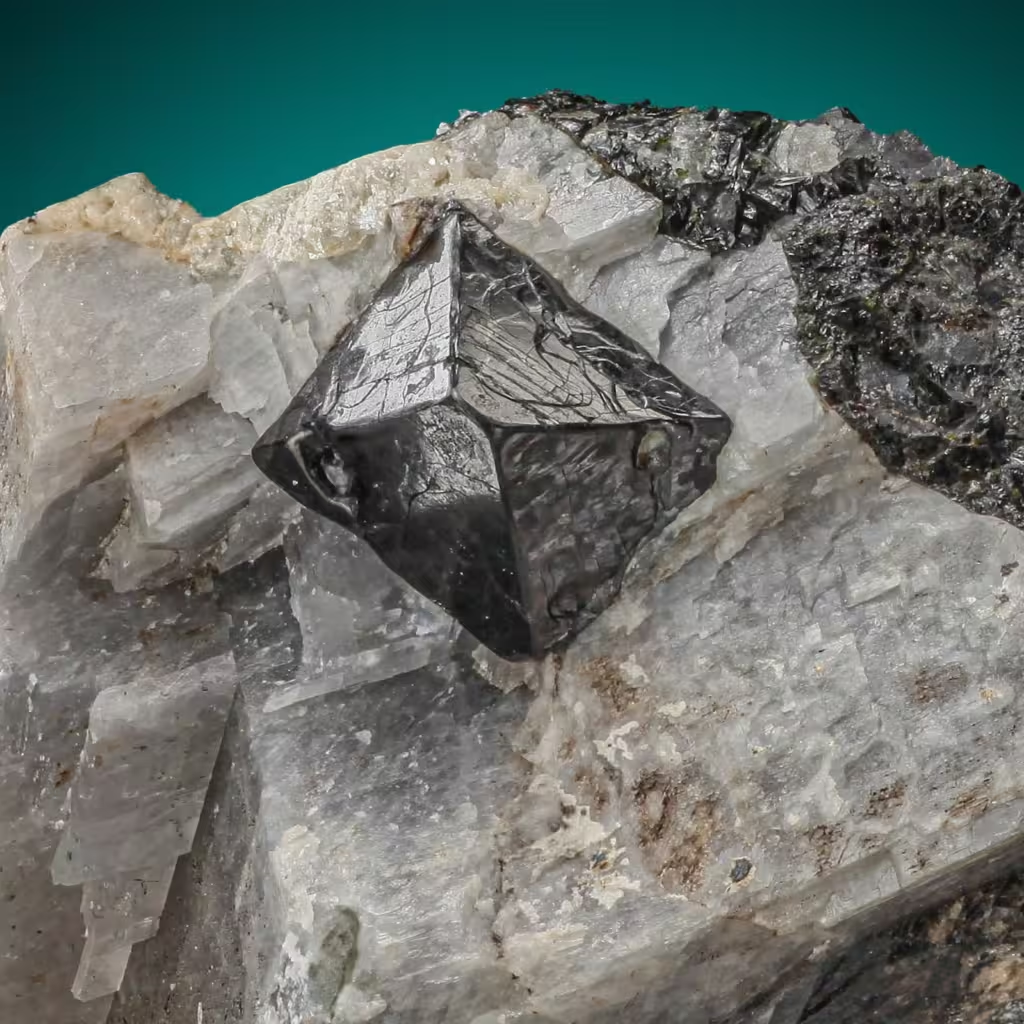
Formation: Gahnite forms primarily in metamorphic environments, particularly in high-grade metamorphic rocks such as gneiss, schist, and amphibolite. It can also be found in pegmatites, which are coarse-grained igneous rocks typically formed during the late stages of magma crystallization.
The formation of gahnite is often associated with the metamorphism of zinc-rich minerals like sphalerite (ZnS) or the alteration of aluminum-bearing minerals such as feldspar. During metamorphism, these zinc and aluminum sources can combine under conditions of high temperature and pressure to form gahnite. The presence of gahnite can indicate specific metamorphic conditions, such as a high degree of aluminum saturation and a relatively low silica content, making it useful as a geothermobarometric indicator in geological studies.
Gahnite can also occur in hydrothermal veins and deposits, where hot, mineral-rich fluids circulate through rock fractures and precipitate various minerals, including gahnite. It is often found in association with other spinel-group minerals, as well as garnet, tourmaline, and corundum.
Global Locations Where Gahnite is Commonly Found:
- Sweden: The type locality for gahnite is in Sweden, where it was first identified and named. It is commonly found in the Falun region, which is known for its historic mining activities and rich deposits of various minerals.
- United States: Gahnite is found in several states, particularly in the Franklin and Sterling Hill mines in New Jersey, which are well-known for their unique and diverse mineralogy. It also occurs in pegmatites in North Carolina, Maine, and South Dakota.
- Canada: In Canada, gahnite is found in several provinces, including Ontario, Quebec, and Manitoba. The mineral is typically associated with metamorphic terrains and pegmatite deposits in these regions.
- Australia: Gahnite occurs in several locations across Australia, particularly in New South Wales and Western Australia, often associated with pegmatitic formations and zinc-rich metamorphic environments.
- Brazil: In Brazil, gahnite is found in pegmatite deposits in Minas Gerais, a region known for its rich deposits of gemstones and various minerals.
- Madagascar: Madagascar is another significant location for gahnite, where it is found in association with other spinel-group minerals in metamorphic terrains.
- India: Gahnite has been reported in the pegmatite deposits of Bihar and Rajasthan, often associated with other aluminum-bearing minerals.
- Russia: Gahnite occurs in the Ural Mountains and Siberia, where it is found in high-grade metamorphic rocks and in association with other spinel-group minerals.
- South Africa: In South Africa, gahnite is found in the Limpopo Province, primarily in metamorphic terrains and in some alluvial deposits.
- Namibia: Gahnite is also found in the Erongo Mountains of Namibia, a region known for its rich pegmatite deposits and diverse mineralogy.
These locations highlight the global distribution of gahnite, which occurs primarily in metamorphic and pegmatitic environments where zinc and aluminum are abundant. The presence of gahnite in these areas often provides insights into the geological history and mineral-forming processes of the host rocks.
Uses and Applications of Gahnite

1. Industrial Abrasives: Gahnite’s hardness (7.5 to 8 on the Mohs scale) makes it suitable as an abrasive material. It is used in grinding and polishing applications, especially where a durable abrasive is needed. Gahnite is employed in industrial processes like metal finishing, precision cutting, and surface preparation due to its ability to resist wear and maintain sharpness.
2. Refractory Materials: Due to its high melting point and resistance to chemical attack, gahnite is used in the production of refractory materials. These materials are utilized in high-temperature environments, such as furnace linings, kiln linings, and other applications where materials must withstand extreme heat without degrading. Gahnite’s stability at high temperatures makes it an ideal component in these refractory products.
3. Geological Indicator: Gahnite is used as a geothermobarometer in geological studies to determine the temperature and pressure conditions during rock formation. The presence of gahnite in metamorphic rocks can provide insights into the metamorphic grade and the chemical environment at the time of formation. This information is valuable for understanding geological processes, reconstructing the metamorphic history of rocks, and exploring mineral deposits.
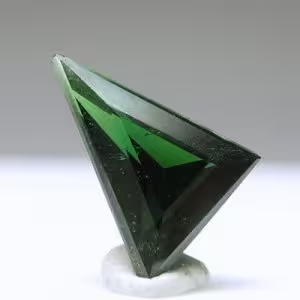
4. Jewelry and Gemstones: While gahnite is not a widely known gemstone, transparent and well-formed crystals can be cut and polished for use in jewelry. Its dark green, blue-green, or blue-black colors can appeal to collectors and jewelry designers looking for unique and rare stones. However, due to its relative rarity and opaque nature, gahnite is not commonly used in mainstream jewelry.
5. Pigments and Coloring Agents: Gahnite’s stable color and resistance to fading make it suitable as a pigment or coloring agent. It has potential applications in ceramics, glazes, and glass manufacturing, where consistent and durable colors are required. The mineral’s color can range from deep green to blue-black, providing unique hues that are not easily achieved with other pigments.
6. Research and Scientific Applications: Gahnite is of interest in scientific research, particularly in mineralogy, materials science, and geochemistry. Its unique structure and properties are studied to understand mineral formation, crystal growth, and the effects of various impurities on physical characteristics. Additionally, research on gahnite contributes to developing synthetic materials with similar properties for various technological applications.
7. Indicator Mineral for Mineral Exploration: Gahnite is used in mineral exploration, particularly for identifying the presence of certain types of ore deposits, such as those containing zinc or other economically valuable metals. Since gahnite often forms in association with zinc-rich minerals like sphalerite, its presence in a geological setting can indicate the potential for underlying mineralization. It serves as a guide for geologists in locating ore bodies during exploration activities.
While gahnite is not among the most commercially prominent minerals, its unique properties make it valuable in various specialized applications, from industrial uses to scientific research and jewelry design.


























